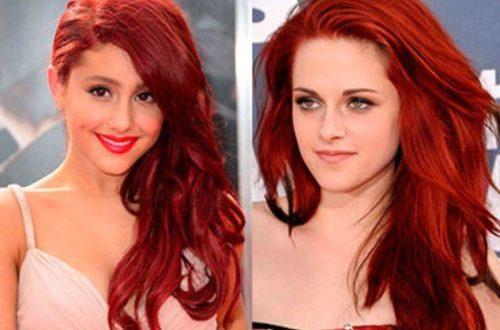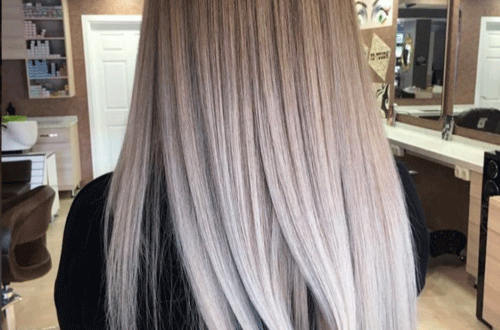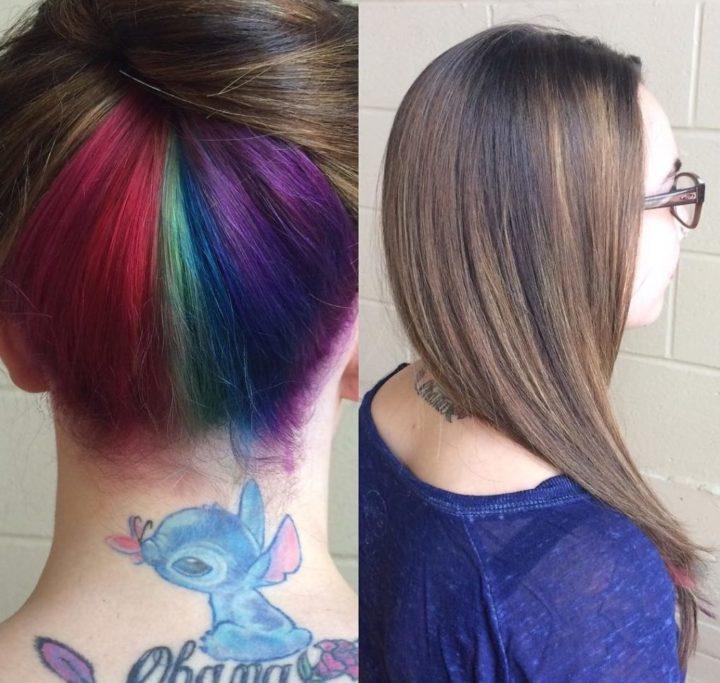
Coloring 2021. Fashionable hair colors and dyeing techniques
2021 brings us new trendy hair shades to help you highlight your personality. After all, one of the easiest ways to change your image is to dye your hair. Today you will find out what hair colors will be fashionable, as well as dyeing techniques.
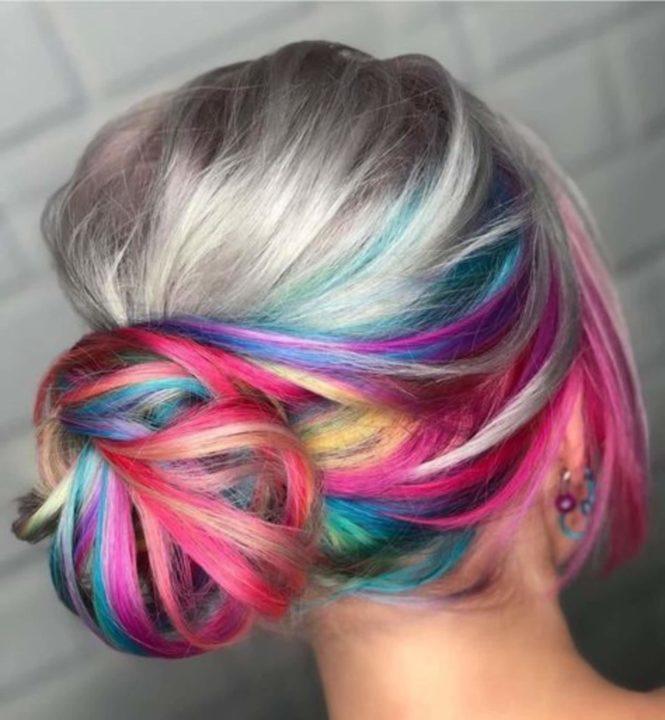
Content:
- 1 Trendy colors for 2021
- 2 Trendy coloring techniques for 2021
- 3 Coloring nuances 2021
- 3.1 How does coloring affect hair
- 3.2 How coloring changes the face
- 3.3 Staining when roots are darker
- 3.4 Why dirty hair is dyed
- 3.5 What does coloring tone on tone mean?
- 3.6 Staining without:
- 3.7 Staining for:
- 3.8 Staining with:
- 3.9 Coloring pintura
- 3.10 Coloring with a special blond
- 3.11 Stripping staining
- 3.12 Line-by-line staining
- 3.13 Coloring or toning
- 3.14 Coloring or highlighting
Trendy colors for 2021
Ashen
The ash shade has not left the first positions for several seasons in a row. This color is perfect for a woman of any age, which allows young girls and women of considerable age to choose it. Of course, such a color will require special care from you so that it does not turn yellow, and also regularly tint the regrown roots.


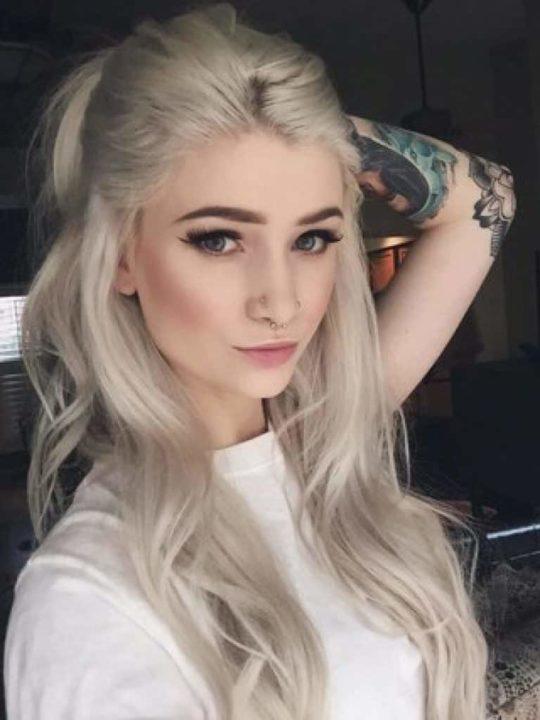

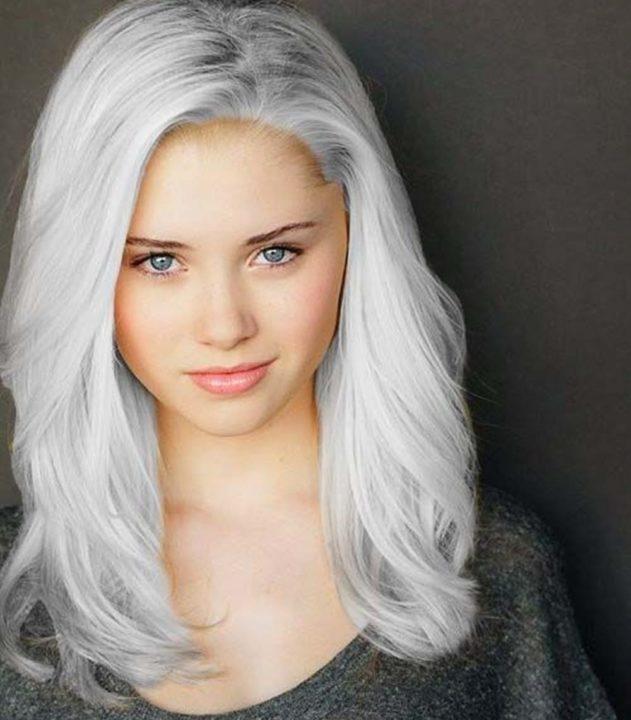

Caramel
Light, lively and feminine caramel shade will be the second main trend of 2021. The caramel shade always comes with a distinct yellowness, like melted butter. This is a noble color that is perfect for girls with spring, summer and early autumn color types.
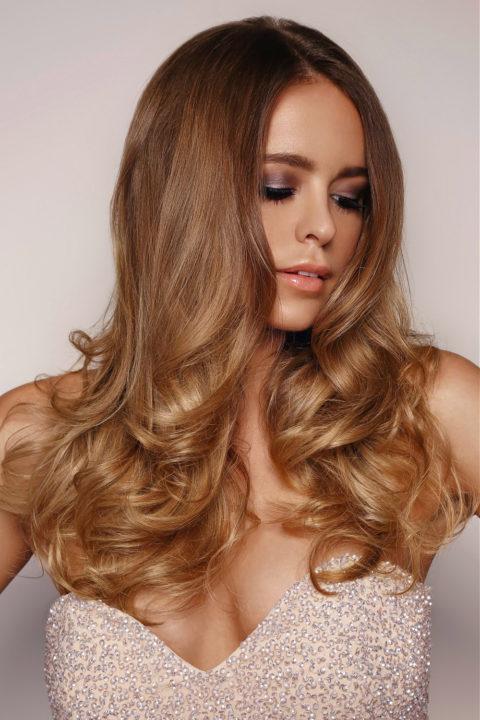
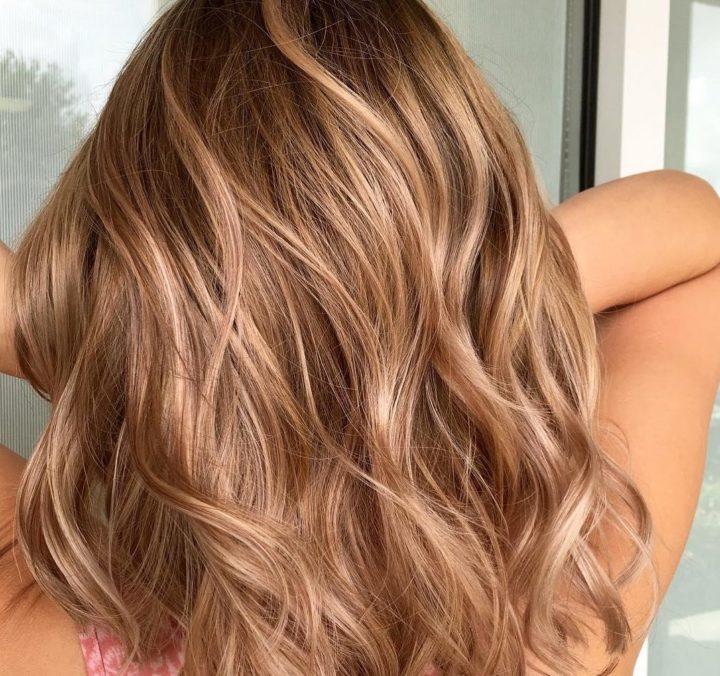


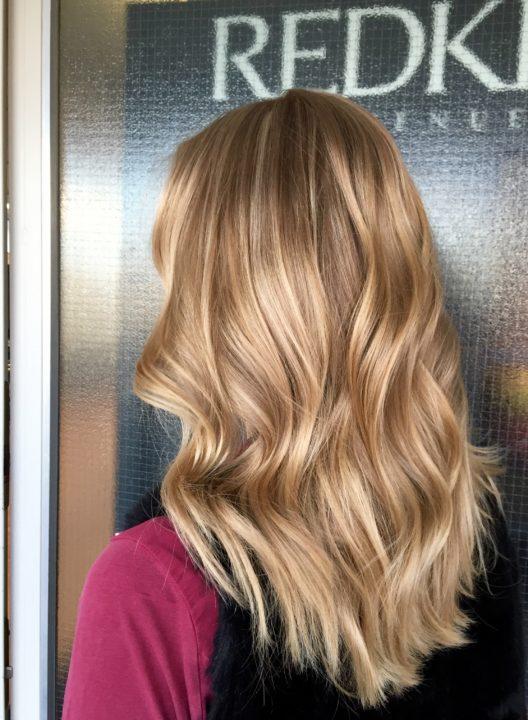
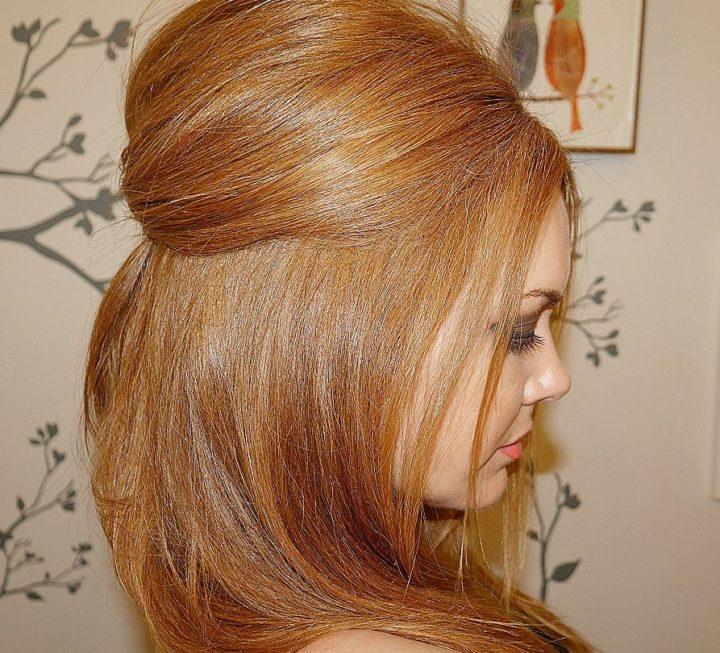
Chestnut
Chestnut hair color is the most popular among brown-haired women. But not for nothing. This shade perfectly emphasizes facial features, refreshes and in some cases even rejuvenates its owner. Brown hair color is very easy to care for, because it is not a demanding shade that needs special care.

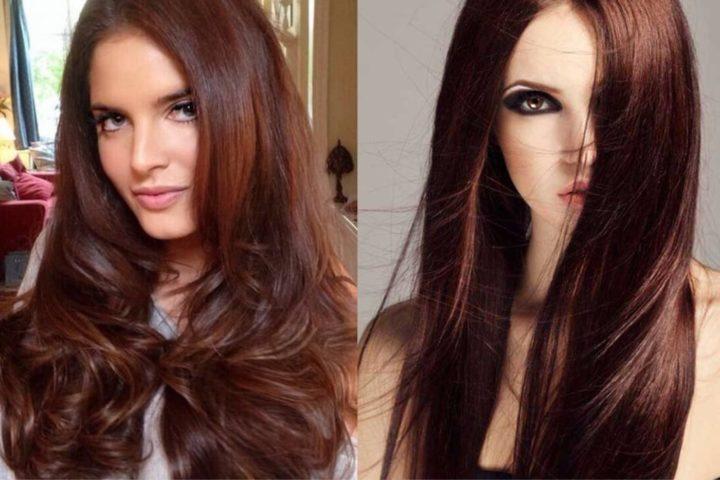
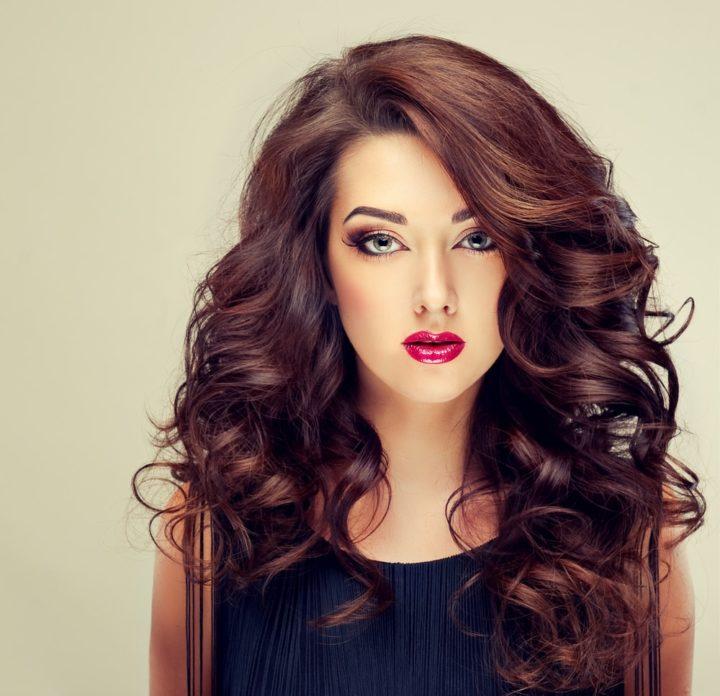
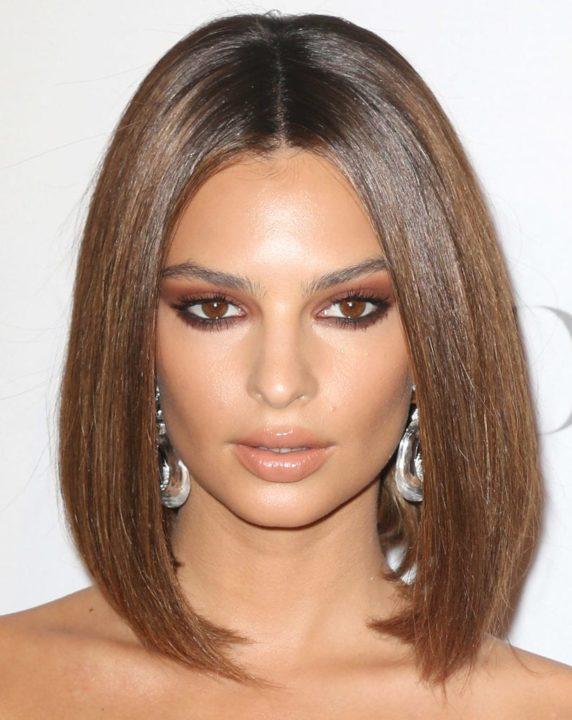
Chocolate
Chocolate hair color goes much darker than chestnut and is perfect for you if you are a brunette from birth. This year, a pure black hair color is going out of fashion, but with a light shade of chocolate, this is exactly what will be a particularly stylish and fashionable color for 2021. Chocolate color has a special magic, because it is always rich, deep and makes the look more expressive.
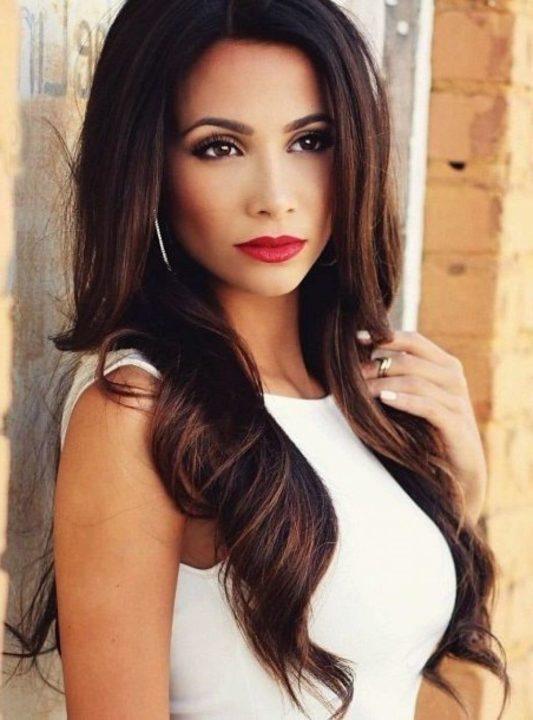
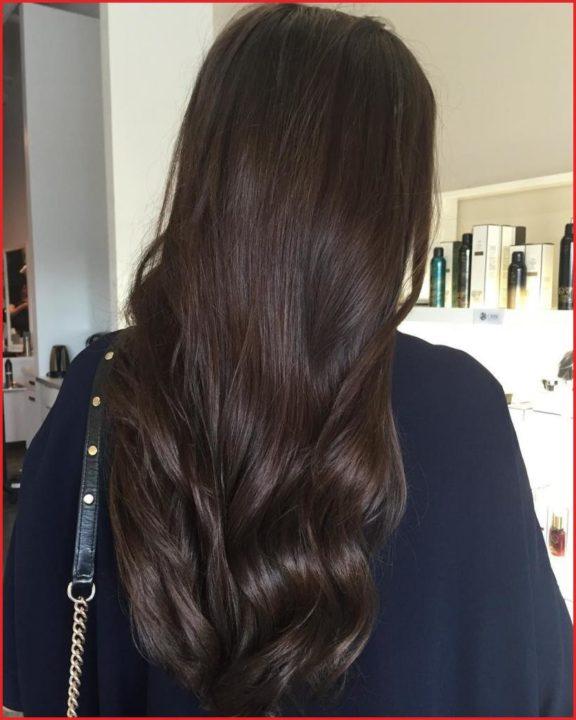
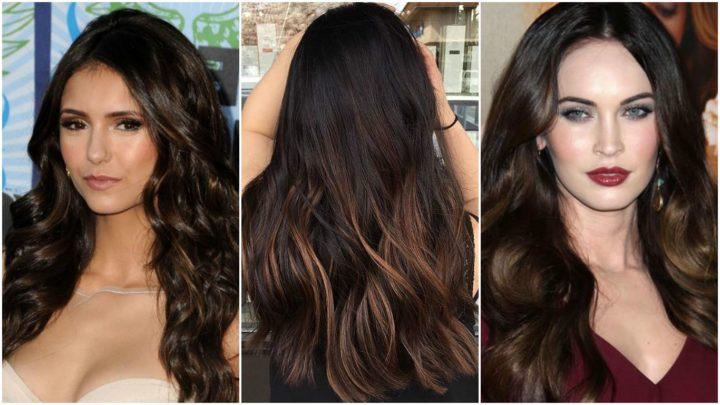
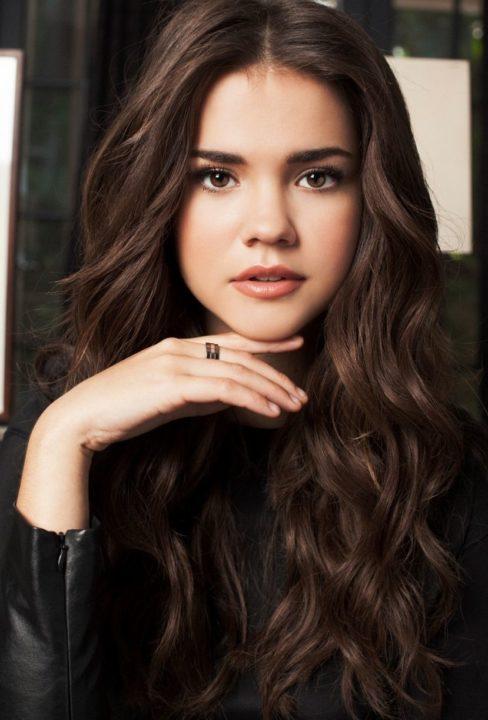
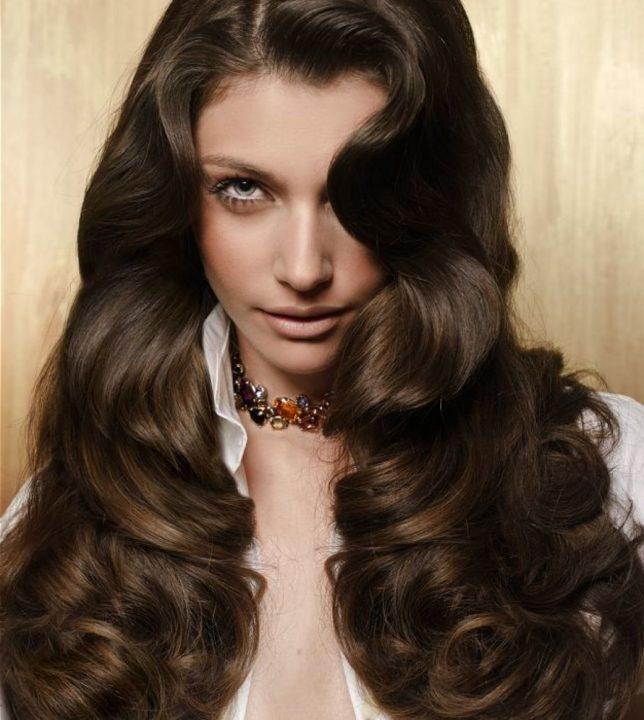
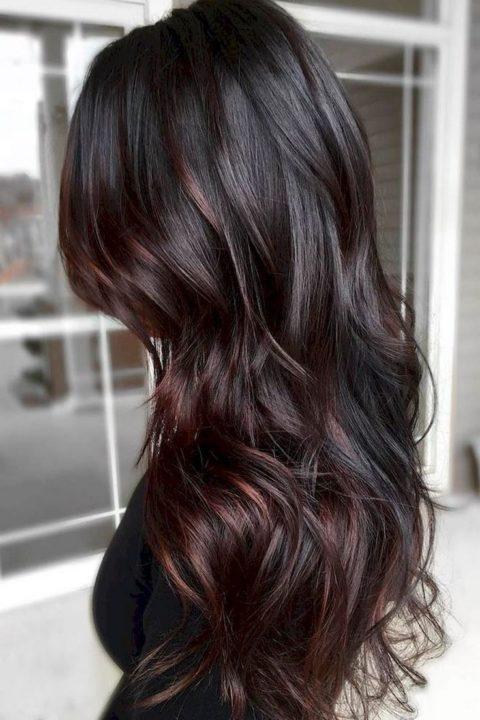
Copper
Copper hair color is chosen by courageous and strong-willed women who are not afraid to be in the spotlight. Sometimes this tone may seem provocative or vintage, but it is perfect for girls with white or porcelain skin. In the sun, the copper tint always plays with beautiful highlights, and it also emphasizes the blue and blue eyes of its owner.
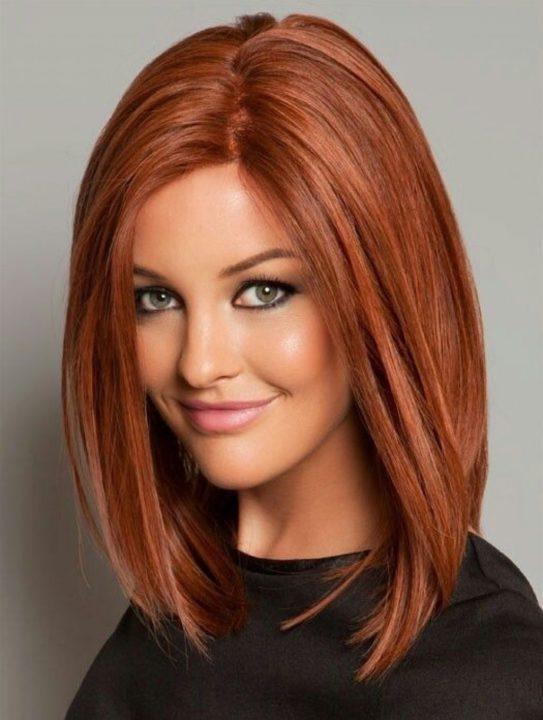
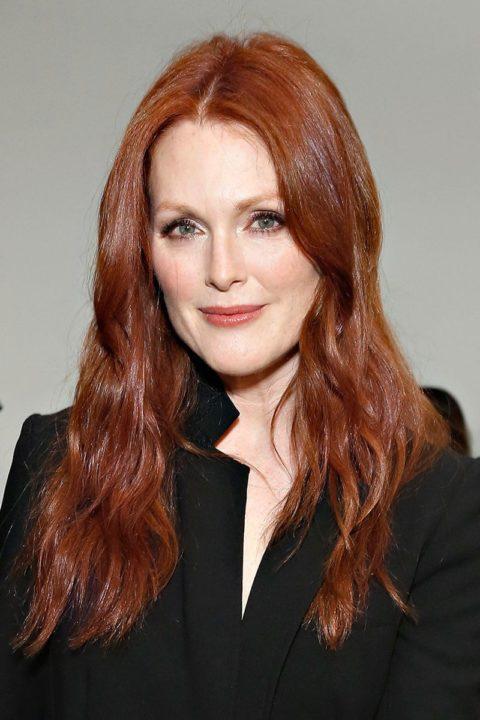
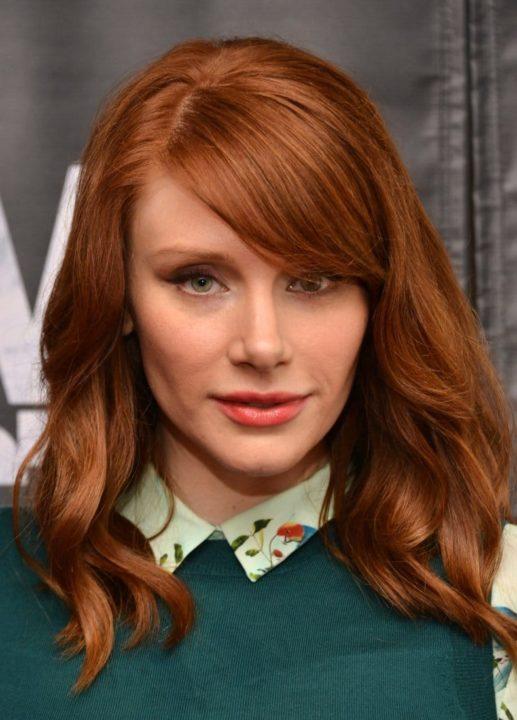

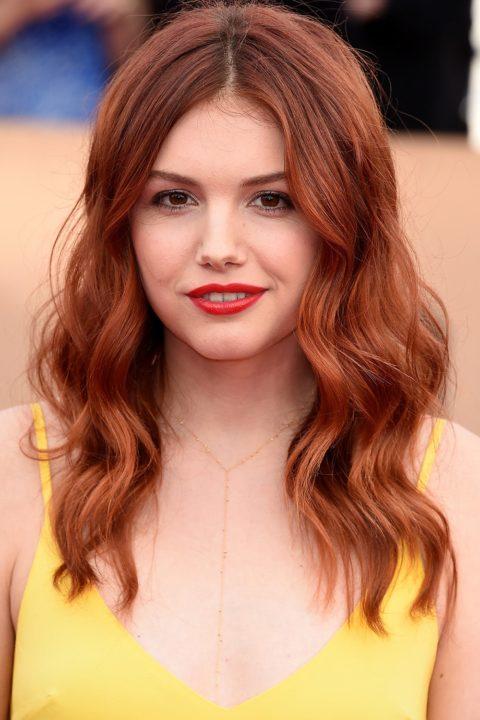
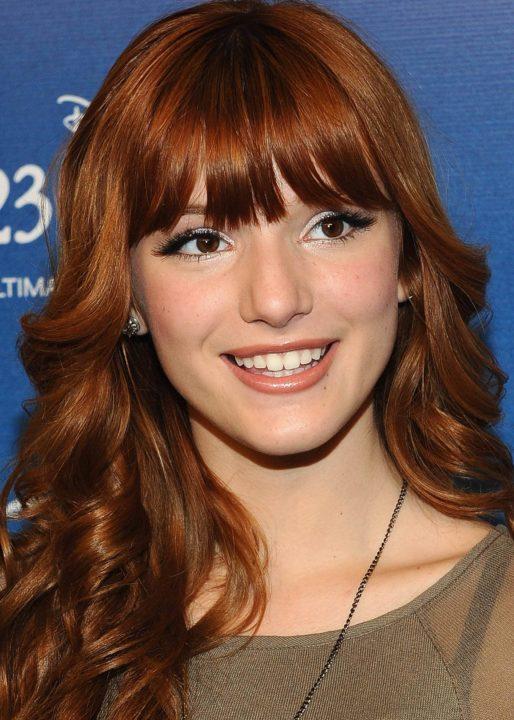
Red
Radical, but at the same time, so alluring red hair color, is not the last line of fashionable hair colors for 2021. Red hair is a very bold and risky move, because this color will be visible from afar, and will also draw increased attention to your person.
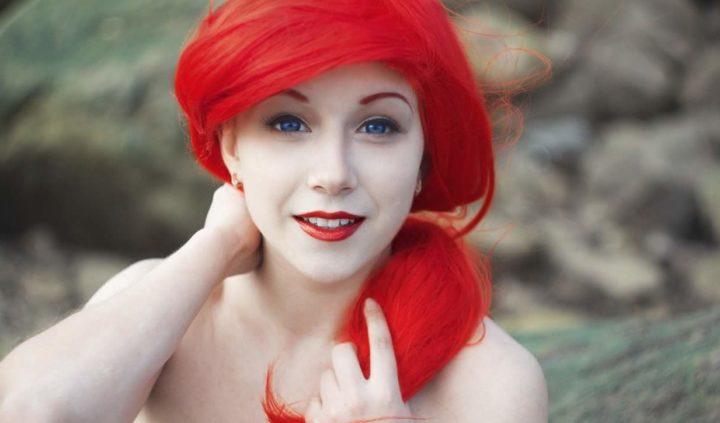

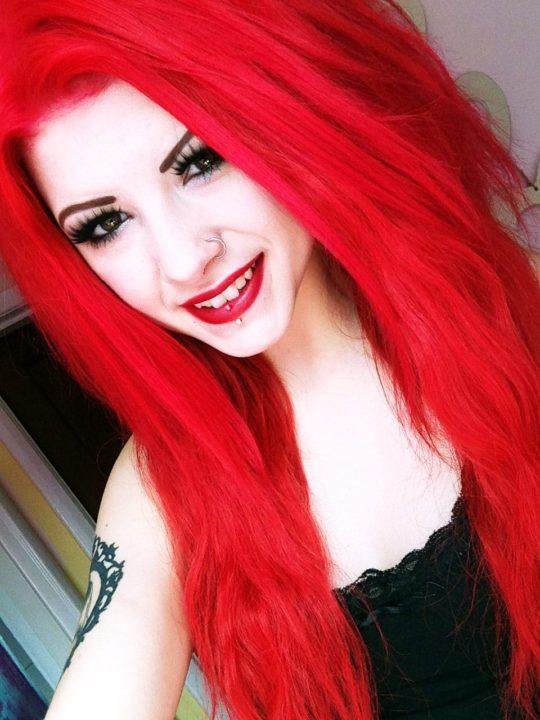
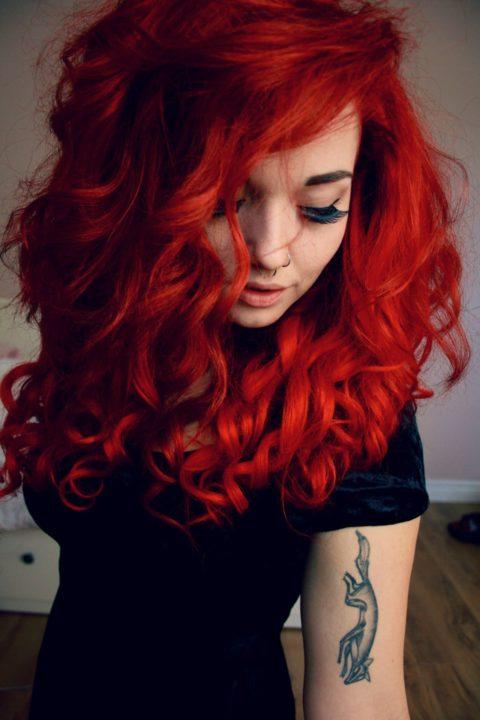
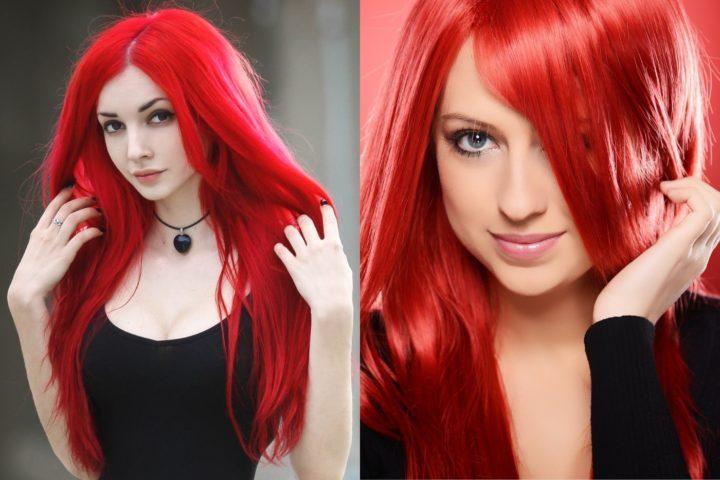
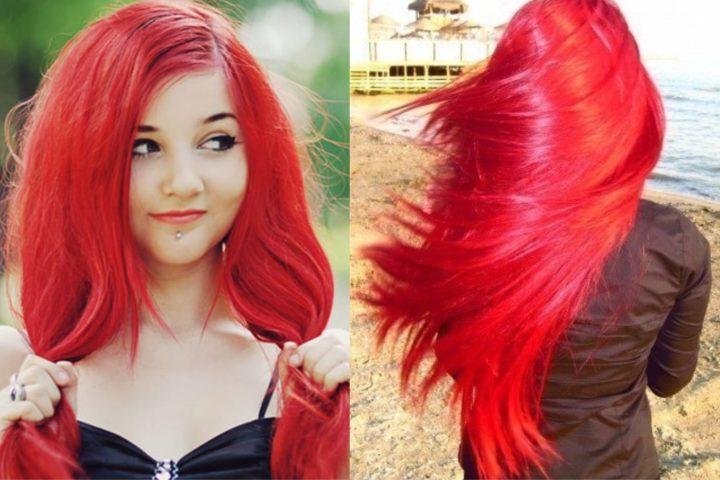
Trendy coloring techniques for 2021
Dip-dye
This technique is very similar to the standard ombre, but still has some differences. Thanks to this technique, the master creates on the hair a beautiful gradient transition from your natural color to bright, neon ends of the strands.
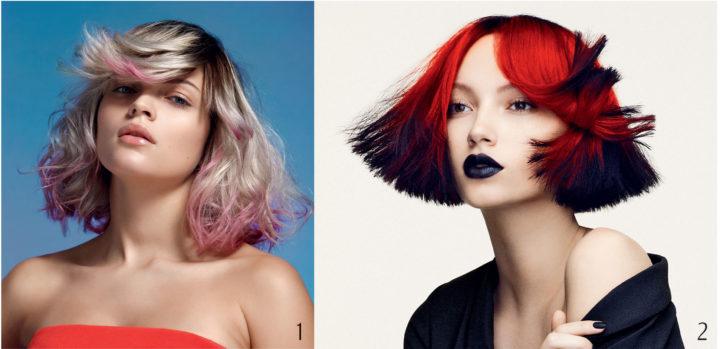


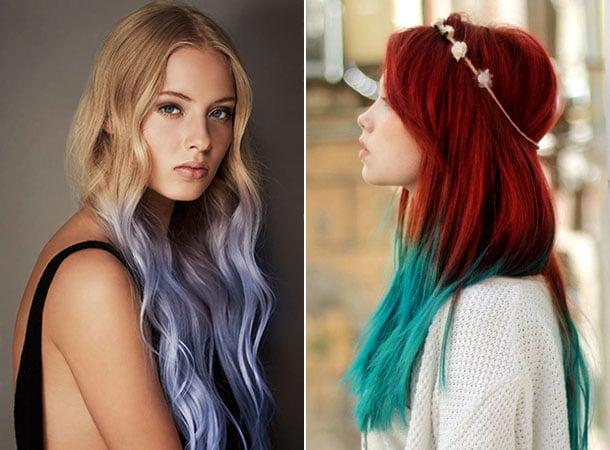
Rainbow coloring
Do you like everything colorful? Then rainbow coloring is perfect for you. Rainbow coloring will look especially impressive on blondes, but brunettes are also very suitable for brunettes.
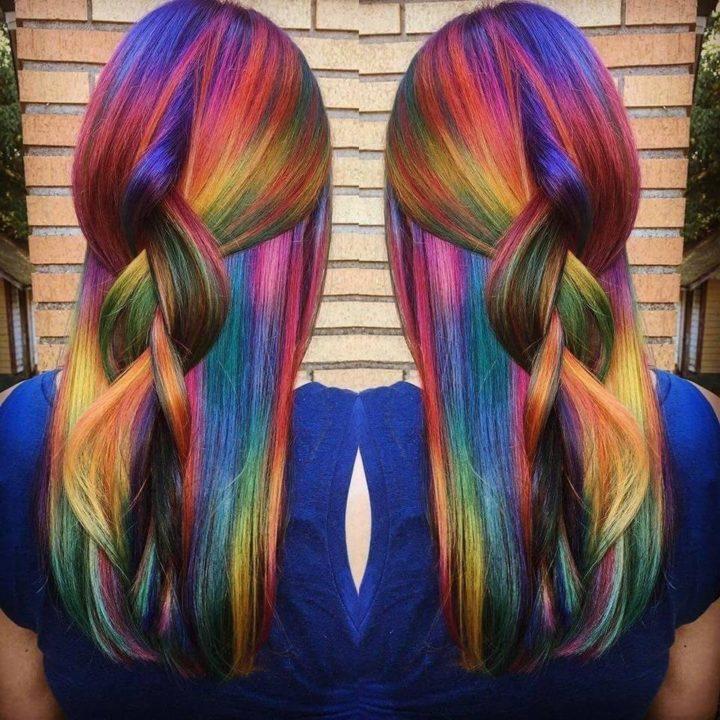
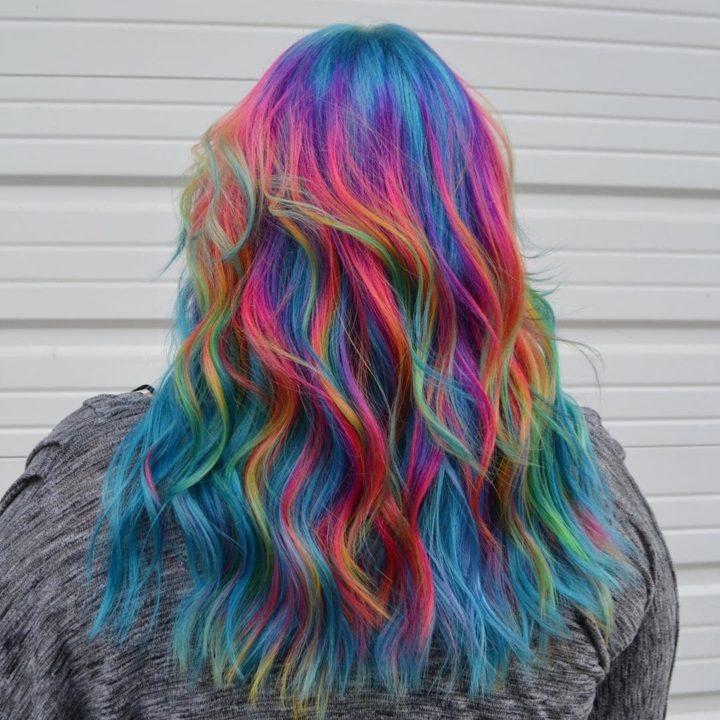
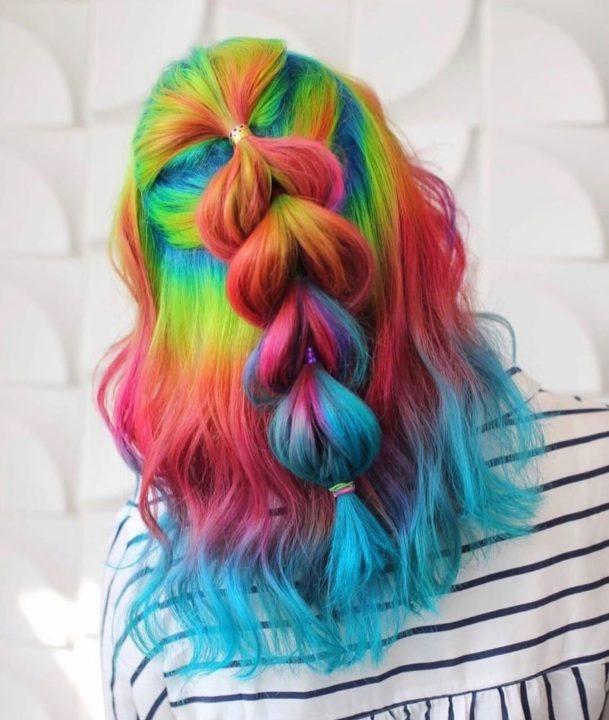
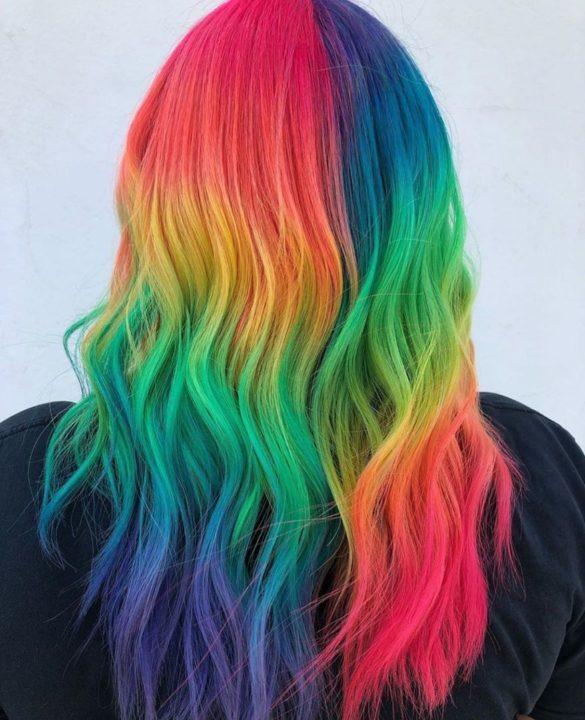
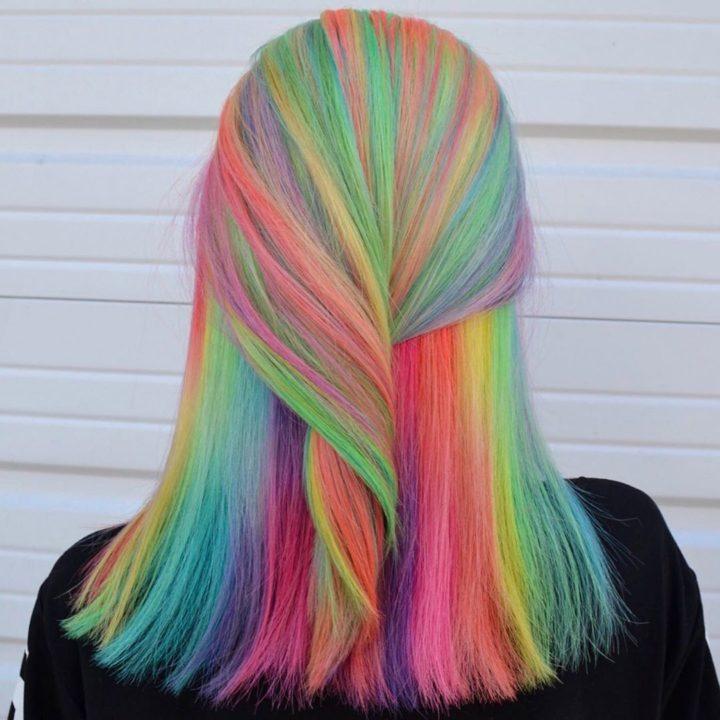
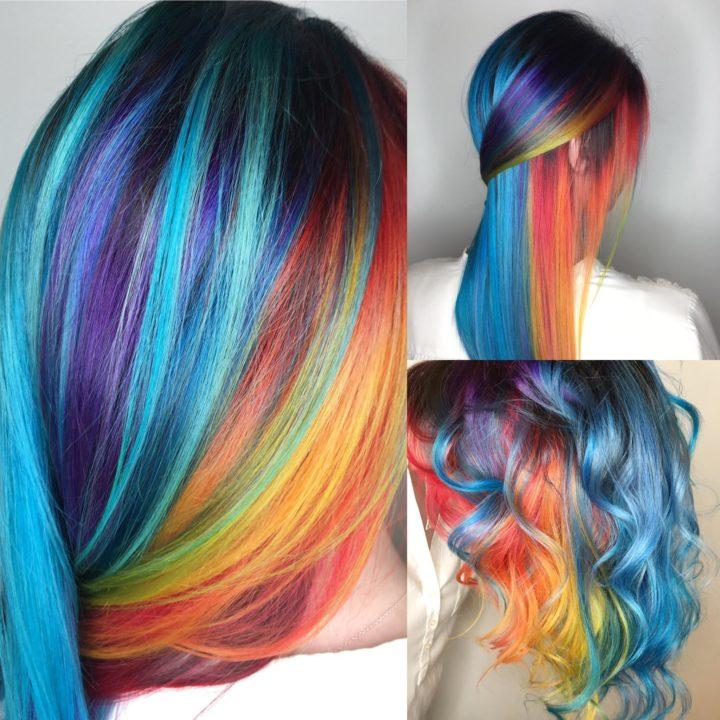
Latent coloring
The unique trend of hair dyeing allows you to create a shocking, bright and extraordinary hair color, which, if desired, can be easily hidden. The master dye only the bottom layer of your hair, without affecting the top one. Therefore, you can always either hide the coloring, or put it on public display.
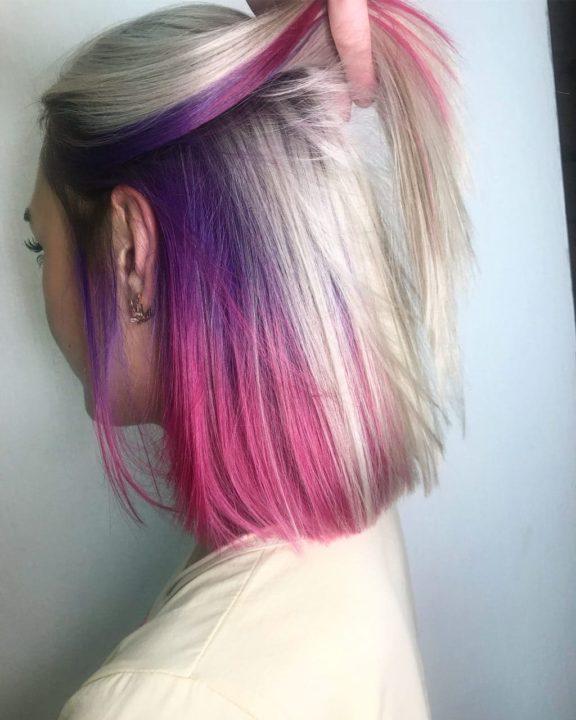
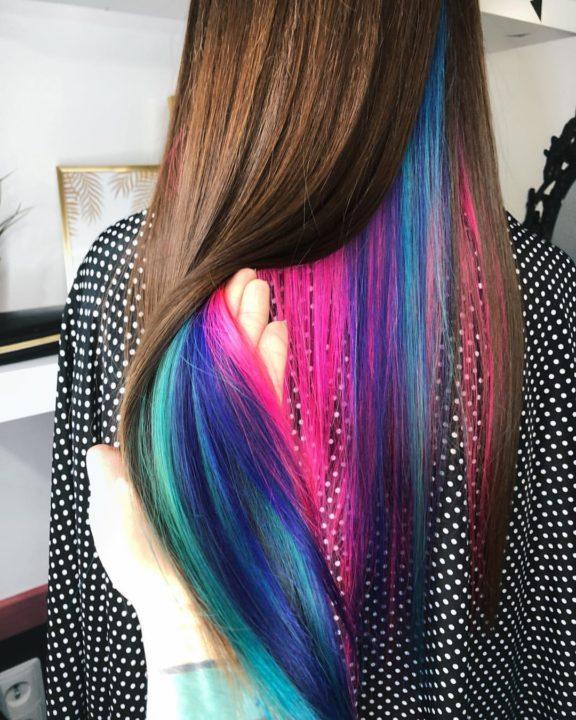
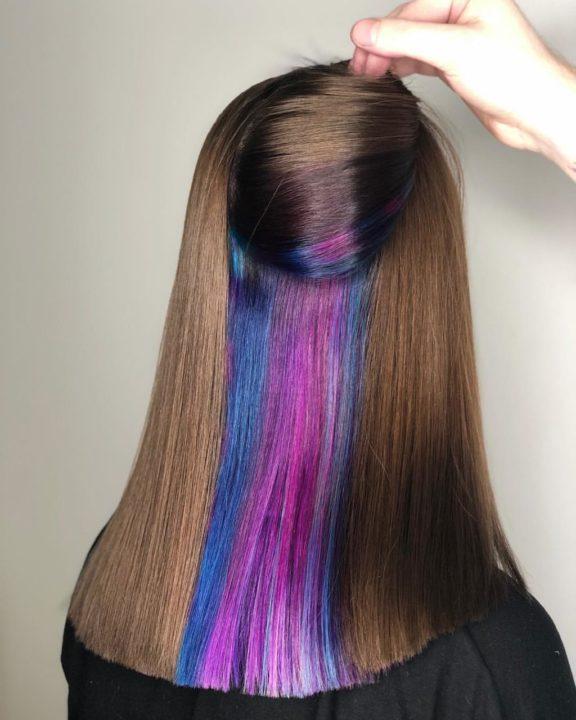


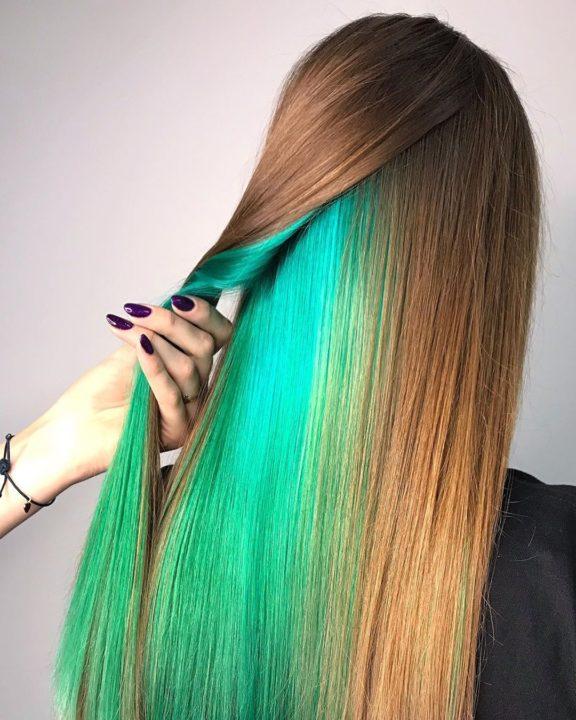
Coloring nuances 2021
How does coloring affect hair
Experts conducted an investigation, which, as a result, confirmed that any coloring is harmful to hair. Of course, if you put professional paints and paints from the mass market in one row, then the latter definitely bring more damage. A lot more.
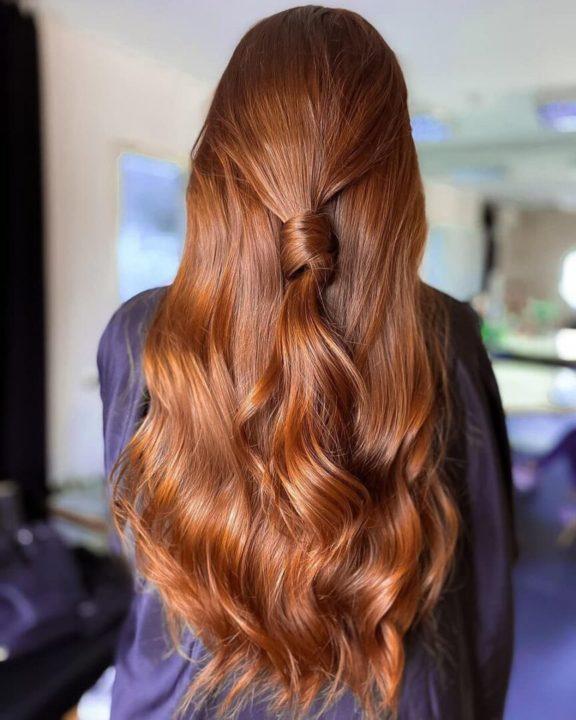
But in general, dyeing involves the use of a dye that contains chemical compounds. They accumulate in the hair structure and are gradually absorbed into the body. Many cases of mild to moderate harm have been proven, and rarely severe.
Light degree:
- Scalp irritation;
- Dry hair and scalp;
- Dandruff;
- Dull hair;
- Hair stratification.
Average degree:
- Mild swelling of the face and scalp;
- Redness and itching;
- Hair loss;
- Lachrymation.
Severe degree:
- Complete hair loss;
- Anaphylactic shock;
- Cerebral edema;
- Malignant tumors.
Output:
Experts recommend avoiding staining altogether, but if you still make yourself beautiful, then always contact only good salons, where masters use high-quality materials. Hairdressers recommend dyeing techniques that minimally affect the hair and barely touch the scalp. Such techniques make it possible to repeat the procedure no earlier than three months later.
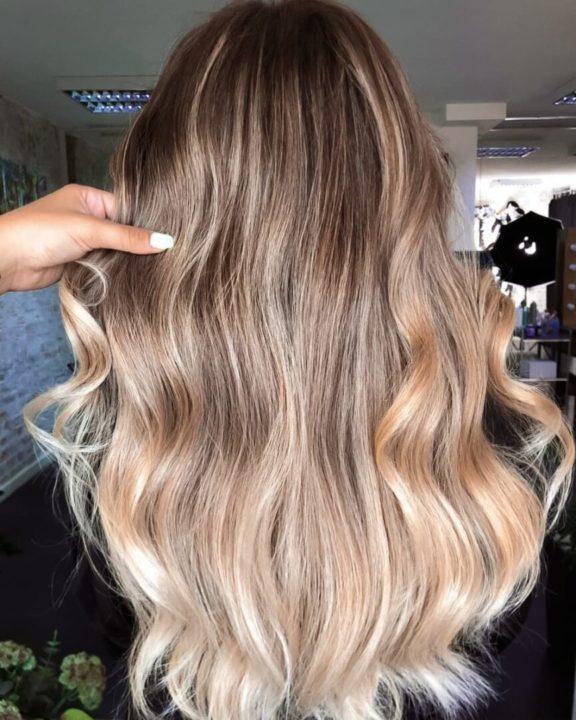
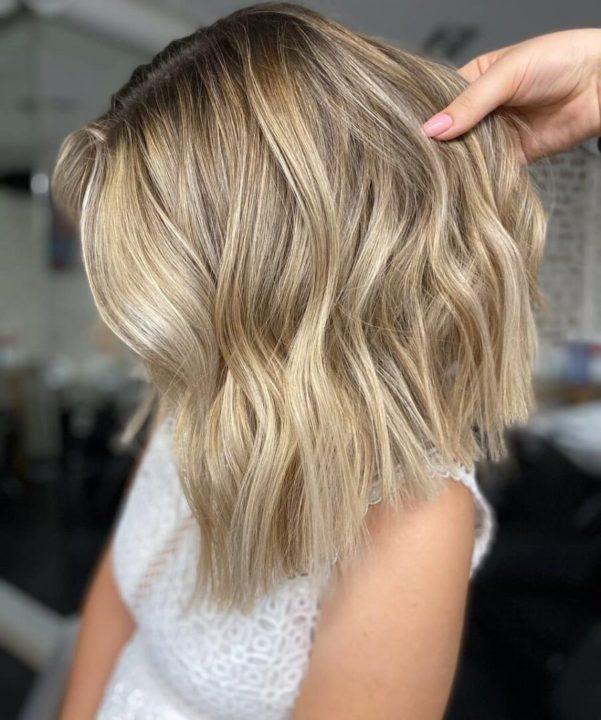
Can coloring improve hair condition?
Only coloring with a medical or cosmetic procedure can improve the condition of the hair. For example, lamination. A complex composition is used here, which penetrates well into the depths of the hair and restores it from the inside. During the procedure, a dye can be applied to the hair, which, together with the remedy, will work more or less safely.
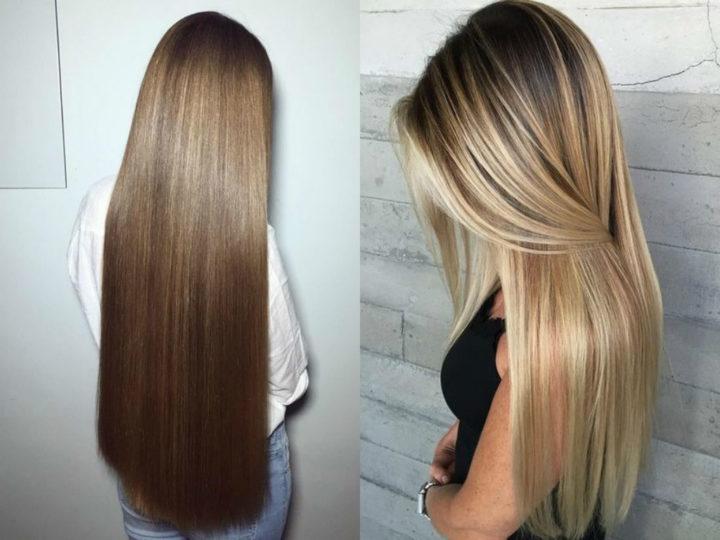


How coloring changes the face
Of course, coloring can greatly change the face. It completely affects the whole image as a whole, forcing a woman to look younger, or, on the contrary, to give extra years. It is very important to choose a harmonious coloring, otherwise it is easy and simple to spoil the natural attractiveness.
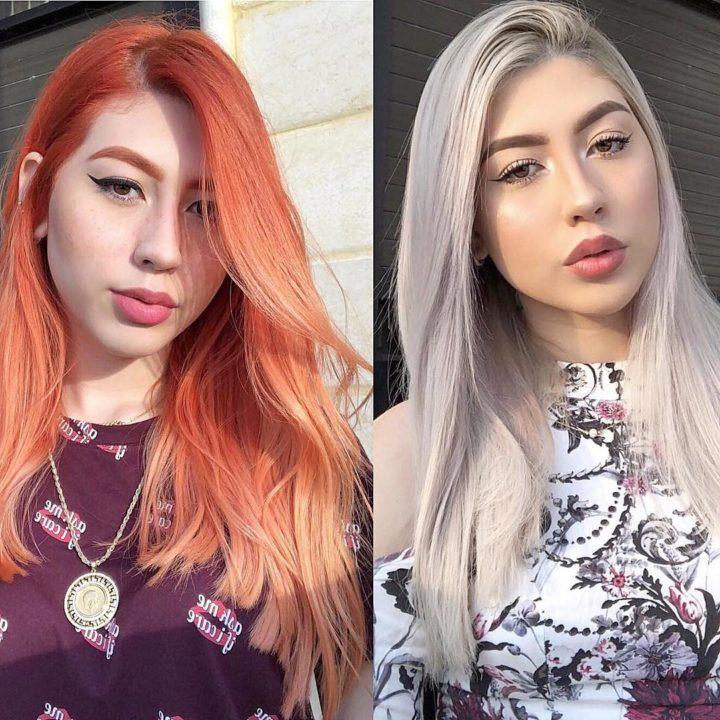
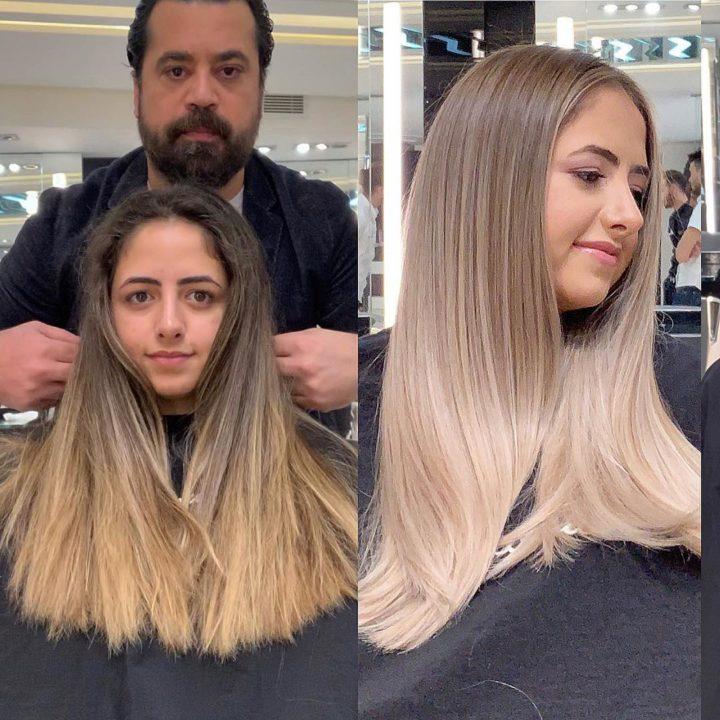
During dyeing, various imperfections of hair can be hidden: thin and sparse ones become thicker and they are given volume; thick and heavy become more obedient and well-groomed.
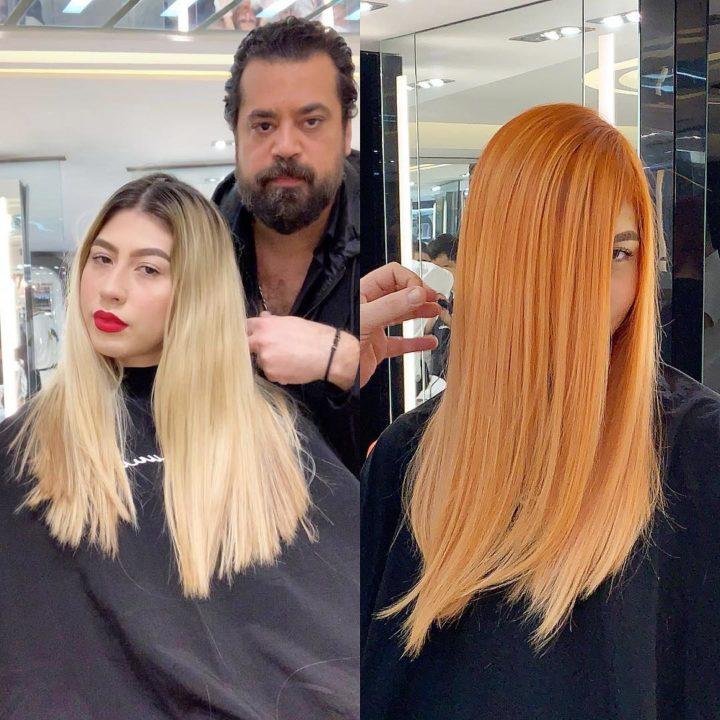


Depending on the woman's color type, the color in which her hair is dyed will be in harmony with each other in the future. If there is no harmony, then the whole image will look awkward, as if something is missing. And if the hair color matches the skin tone of the face, then the face itself becomes more beautiful, well-groomed and feminine.
Staining when roots are darker
There are two types of staining here:
- Special - here the master dyes the roots dark, and the rest of the hair in a great color for a couple of tones to create a transition. There are many such techniques: balayazh, shatush, cardival and Dim Out.
- Natural - the owner's native / natural color acts as dark roots, and the rest of the hair is dyed in a different tone. This technique keeps the look natural and works very well for women with sensitive scalps that cannot be dyed.
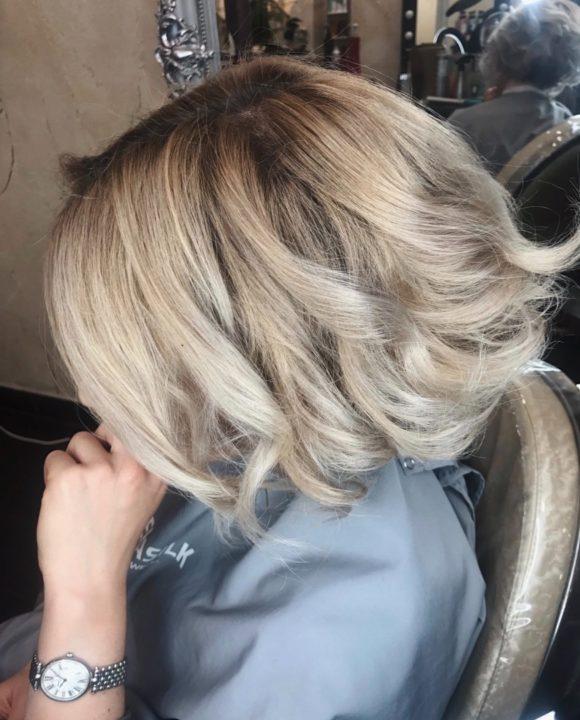
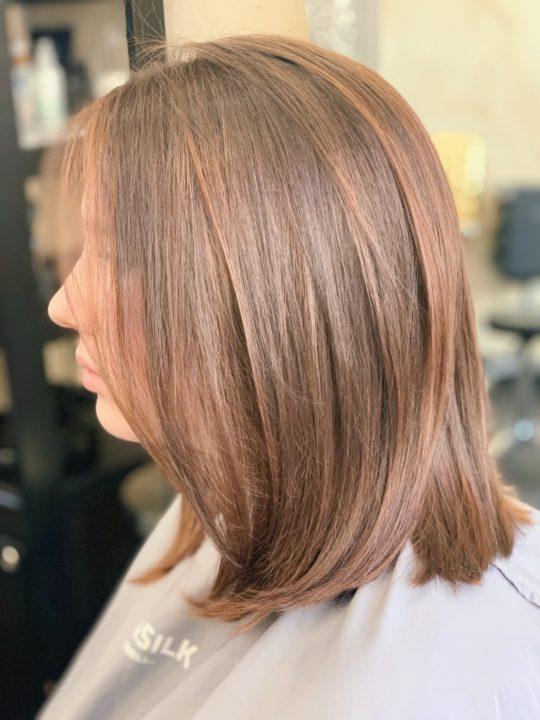

Why dirty hair is dyed
To minimize the aggressive effects of dyes, it is recommended not to wash your hair for three or four days.The fact is that sebum, like an invisible protection, partially prevents the absorption of dyes into the skin. Moreover, the paint lays down better and is distributed over dirty hair, which, as a result, makes it possible to get a beautiful color.
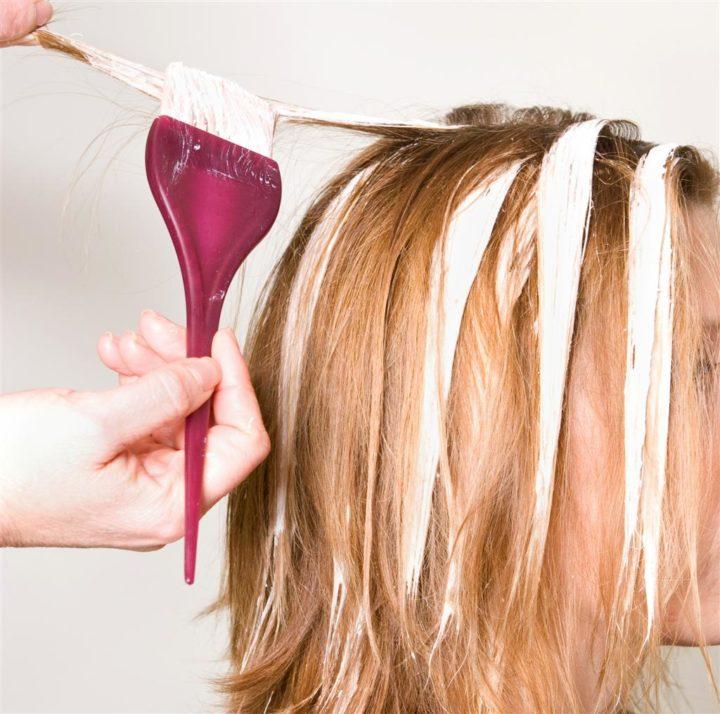
What does coloring tone on tone mean?
This technique can be divided into two different types:
- Renewal of the natural hair color - this allows you to completely change the image without drastic dyeing in a different color. For example, natural hair of a light brown color with a gray undertone, the master makes a semitone lighter than his own.
- Full-fledged dyeing in a single color - in other words - this is the usual classic dyeing of the entire hair strip with one color, and after that it is supported monthly. There is no additional subtone or overflow here. The staining will look the same in the sun and under the light of a lamp in the apartment.

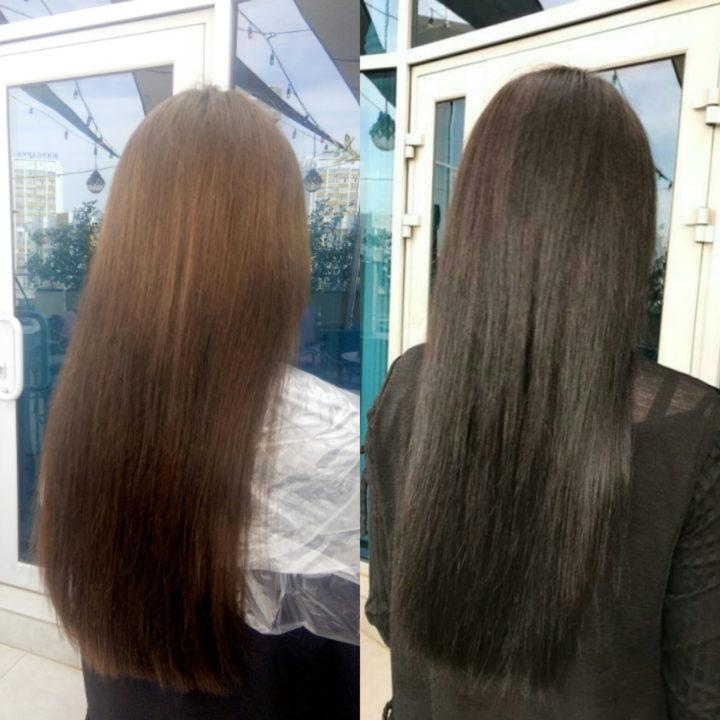
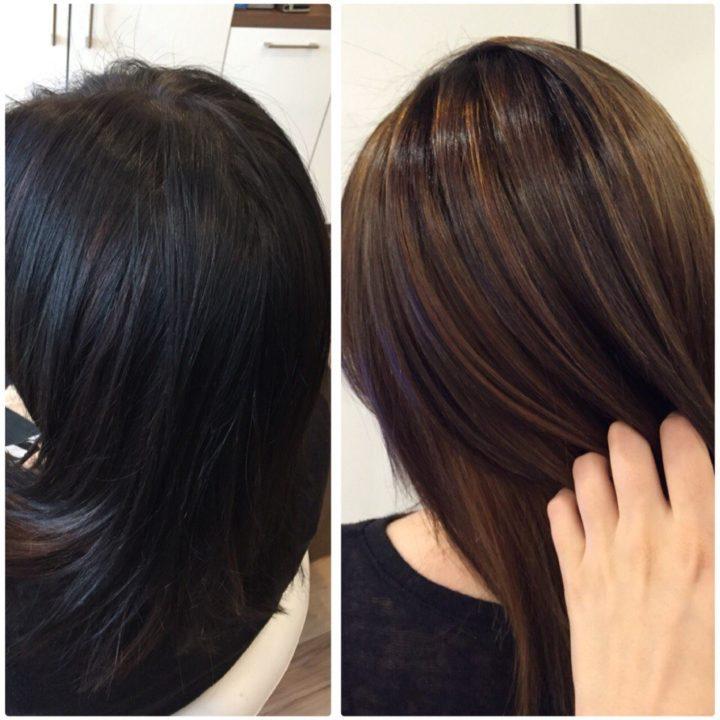
Staining without:
No clarification
Without lightening, you will not be able to make snow-white hair. If the native color is light brown, then the blond paint can lie on them with a faded color, or give a slight lightening. Dark and black hair cannot do without lightening at all.
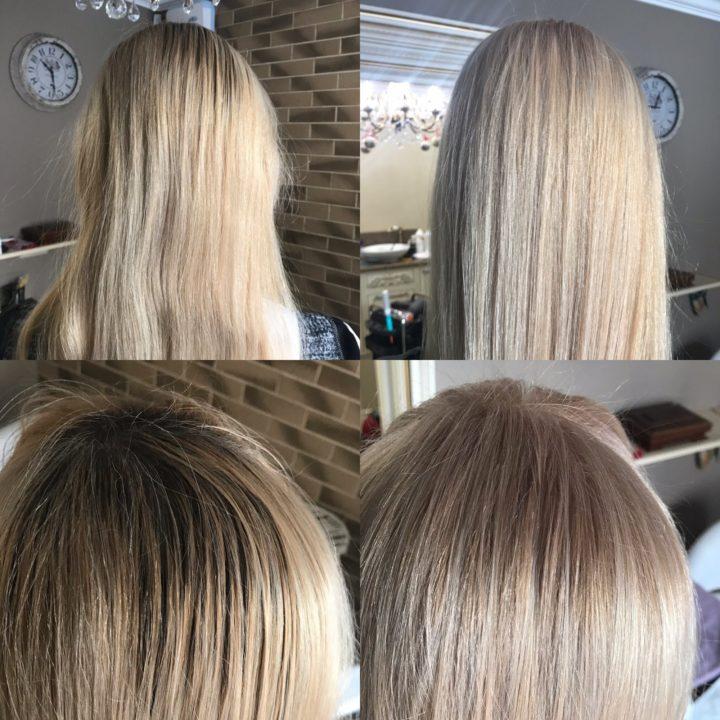


If you want to make your hair lighter, but do not use a lightener and bleaching, then you need to use a highlighting technique or other coloring in which foil can be used. Under the foil, the dye reacts with the hair faster and more efficiently.
No roots
The technique of shatush, mazhimesh and balayazh involves dyeing the hair without affecting the roots. This will help preserve the natural color transition, make a more harmonious and updated image. At the same time, the technique will allow you not to come into contact with the scalp, which is especially important for the sensitive type.
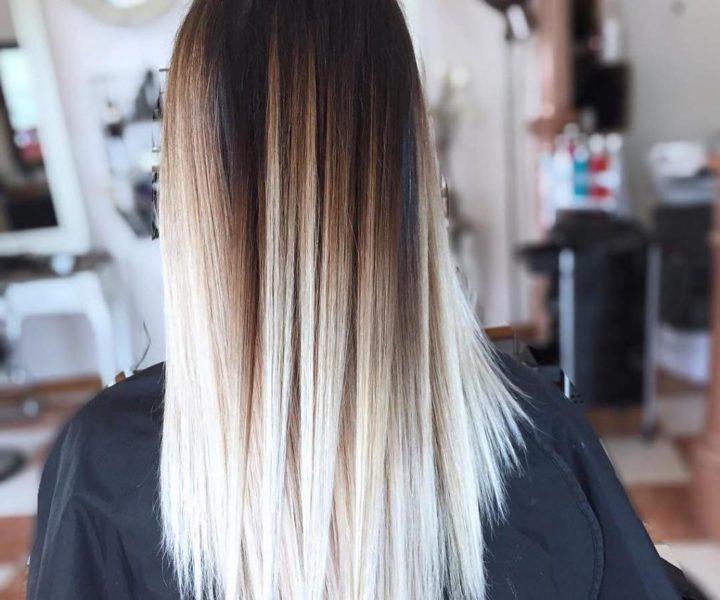
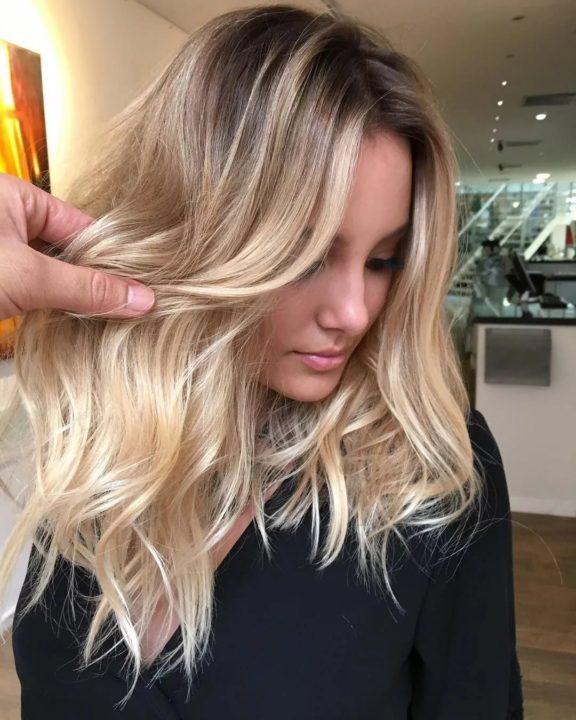

Dyeing hair without roots will allow you to dye much less often than usual. After all, when the roots grow back, the image will look good and harmonious, so the next procedure should be carried out no earlier than three months later.
Ammonia free
Ammonia-free paints can be purchased at the store and painted at home. In salons, craftsmen can suggest the use of ammonia-free dyes, which will do less damage to the hair. Such paints are definitely more expensive, but they are worth purchasing due to the fact that they practically do not burn the scalp.
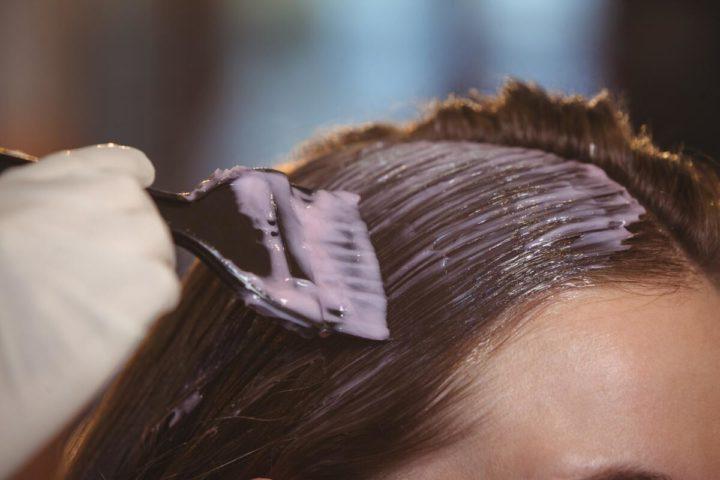
Without redhead
Often the paint gives an undesirable reddish tint. This is because the two types of paint conflict with each other, or the oxidizer was incorrectly selected. In the first option, when the hair has already been dyed, then a new dye, or the same, but a new package can react with each other.
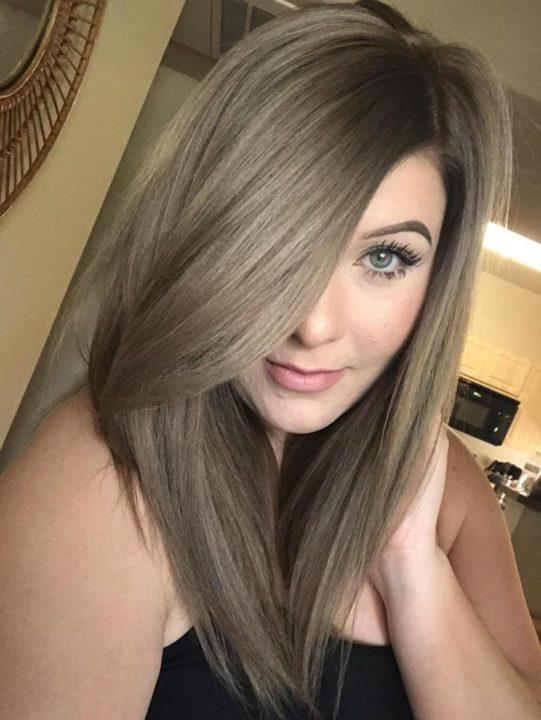


To avoid this, you must always paint in salons, where the masters determine exactly whether it is necessary to wash off the previous dyeing from the hair, or use special dyes that a priori will not be able to give a treacherous redhead.
No harm to hair
Without harm to hair, experts recommend using toning, which is as safe as possible for the scalp. Toning is done with a special tool that helps to give the hair the desired color, and also has a different tint. But it is worthwhile to understand that toning will not give a lasting dyeing result and will quickly be washed off the hair.
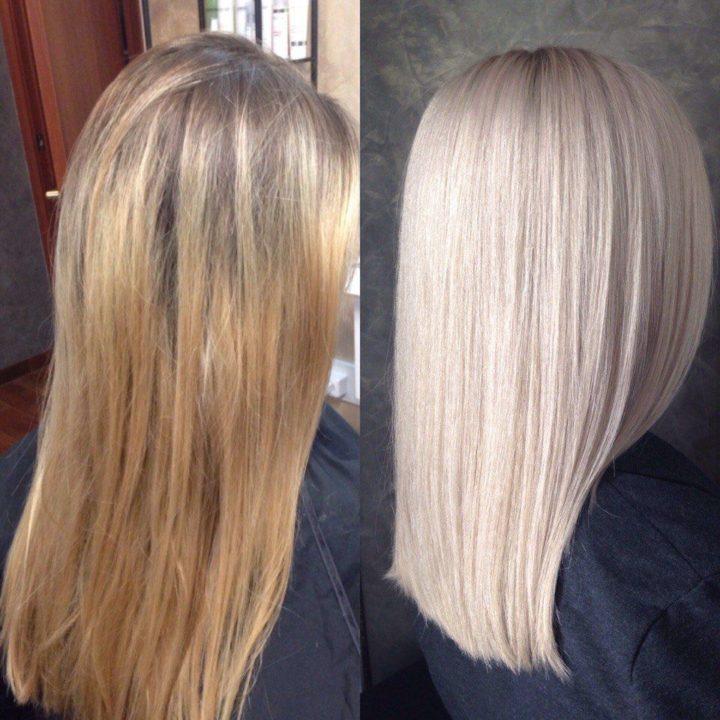
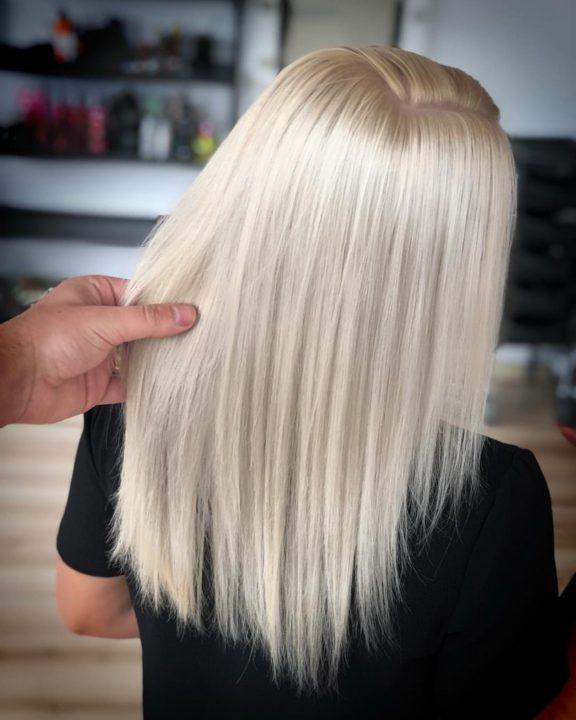
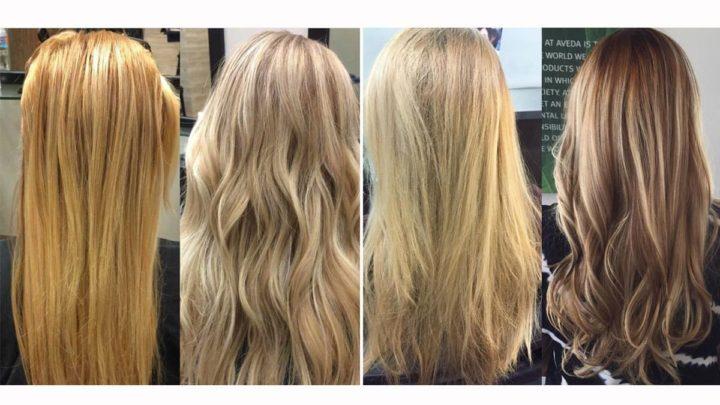
Experts recommend using a toning shampoo between dyeing, which will maintain the hair color and prevent the shade from being completely washed off.
Oxide free
Oxide is an oxidizing agent that allows the dye to react chemically with the hair structure. If you use staining without oxide, then the color can turn out to be completely unpredictable. In one case, staining will not occur at all. In another, the paint can be stained, and in the third, it can give a dirty tint. In any case, such staining will not last long and will be washed off almost immediately.
Some salons may offer special paints without the use of an oxidizer, but they work on the tonic principle.
No fleece
For coloring without fleece, the techniques of shatush and color stretching are best suited. Here the master divides the hair into two halves and pays full attention to each. The color is uniform, more natural and varied. After all, you can choose any tone that you want, which cannot but rejoice.
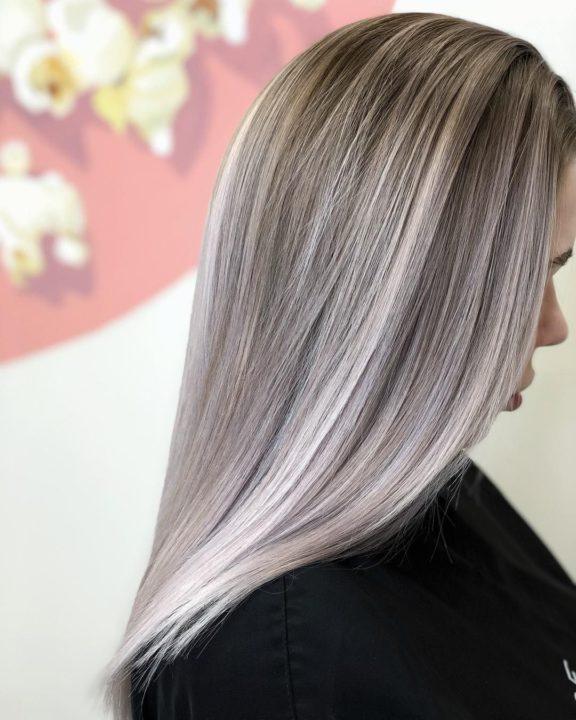

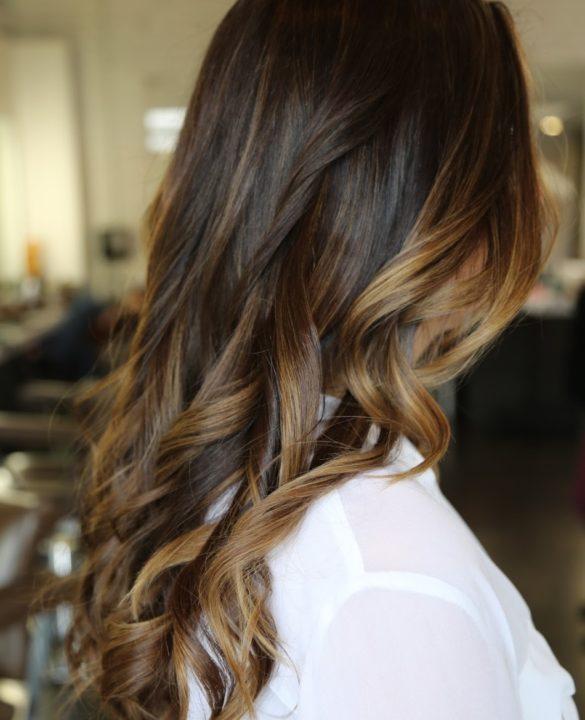
Without yellowness
The very first thing that can come out in an unsuccessful staining in a light tone is yellowness. Yellowness often appears as a result of home staining, when the paint is incorrectly selected, the old paint layer conflicts with the new one, the wrong oxidizing agent and the aged time.
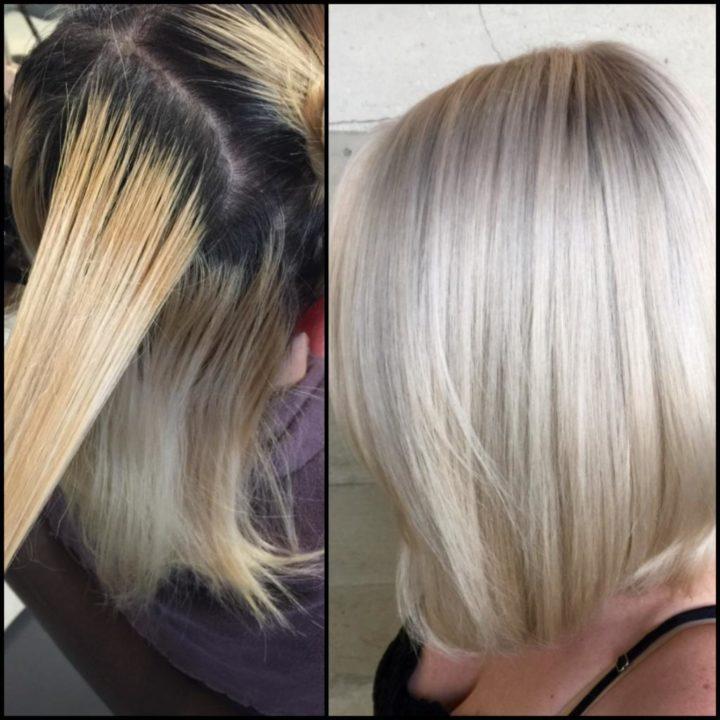
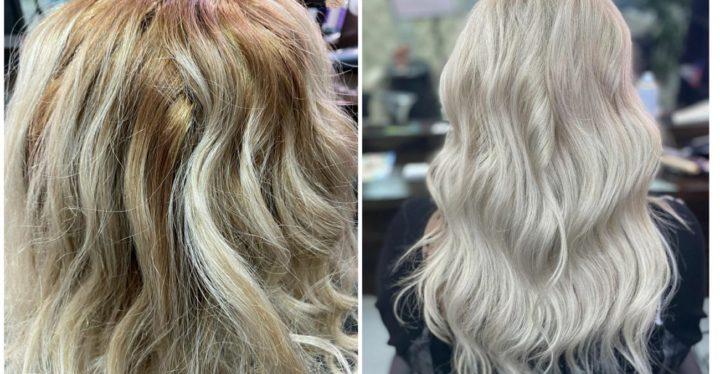
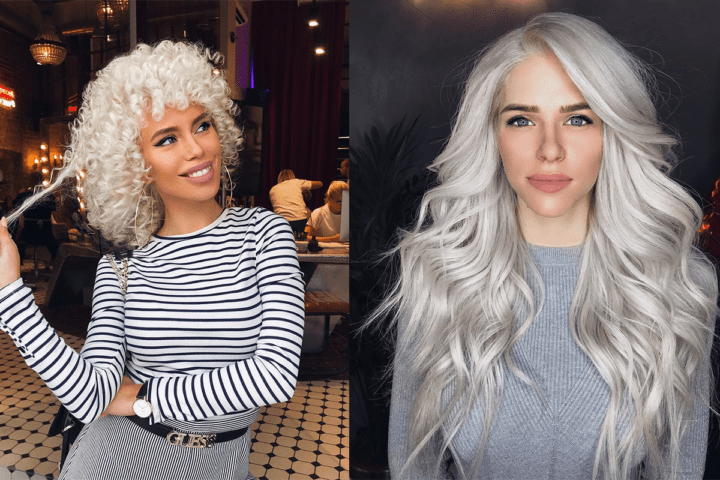
There are special paints on sale marked with a neutralization of yellowness, which will avoid such a problem. In the salons, only professional paint and subsequent toning are used, which, in combination, effectively allows you to remove yellowness and remove it forever.
Staining for:
For brunettes
Brunettes often want to update their image and add something new to it. Here you can use paints that, as a result, will give a purple, blue, ash or platinum hue. This is an interesting coloring, which in the end retains the black hair color, but changes the image.
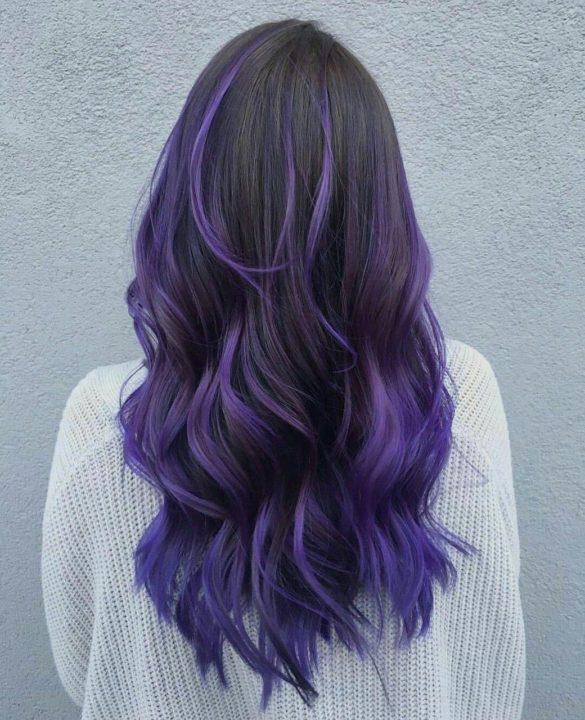
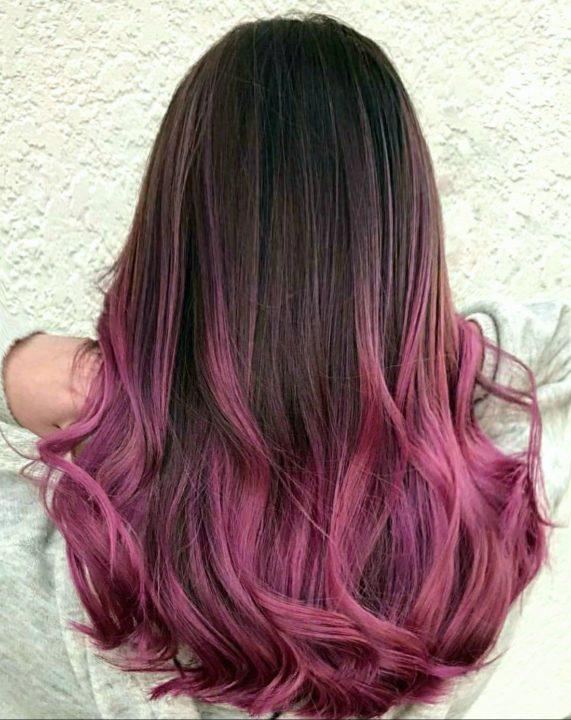

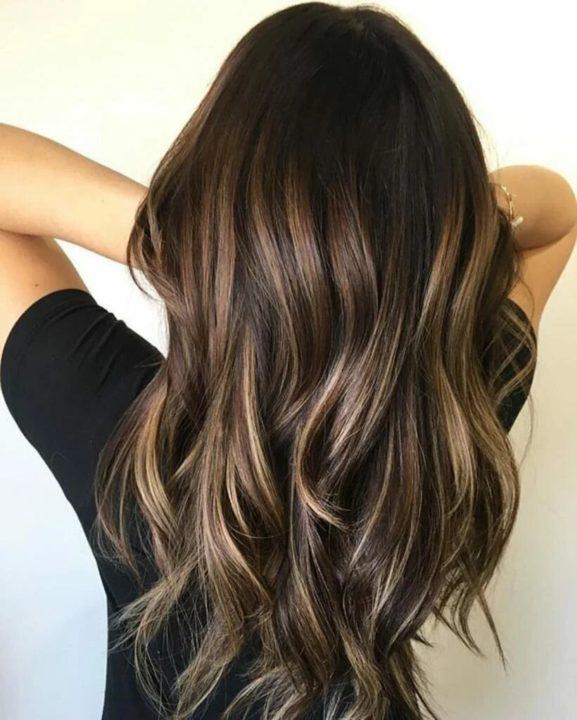
To repaint a brunette in a blonde will require several procedures for lightening strands, which is quite traumatic for the hair, so the masters can stretch the procedure for six months.
For gray hair
For gray hair, you need a special dye that will effectively cope with this type of hair. It makes sense for gray hair to add silver and make it a noble manifestation of age, which will definitely emphasize the femininity of any woman.
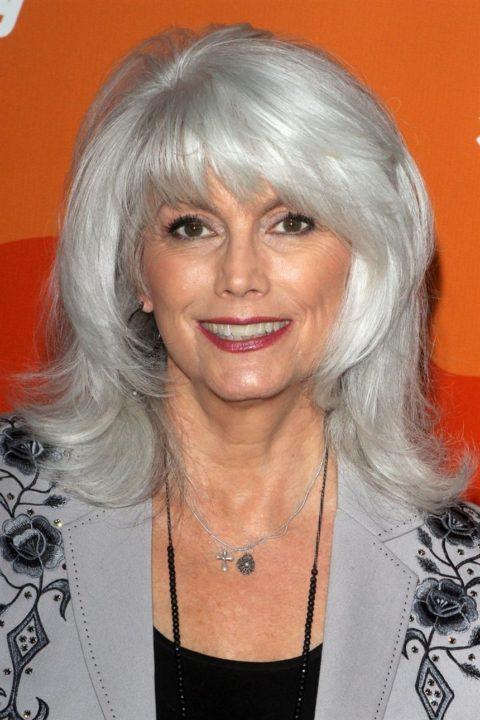
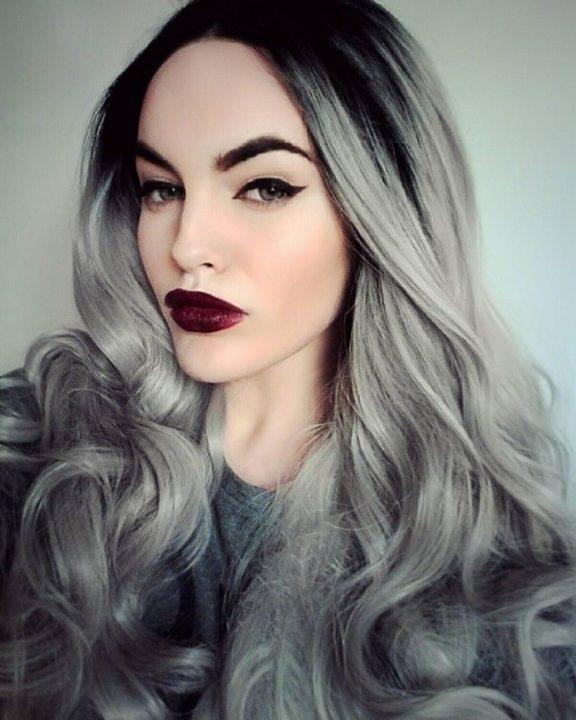
Repainting in wheat, blond, ash, graphite and darker shades is also allowed. The technique of highlighting, balayazh and shatush can perfectly cover the gray hair, where the master will paint the strands in different shades from each other.
For blondes
Blondes have a wide selection of colors, where you can choose colors with a warm or cold undertone. Here you can give your hair wheat, caramel, beige, ivory, platinum, white, ash and other colors.
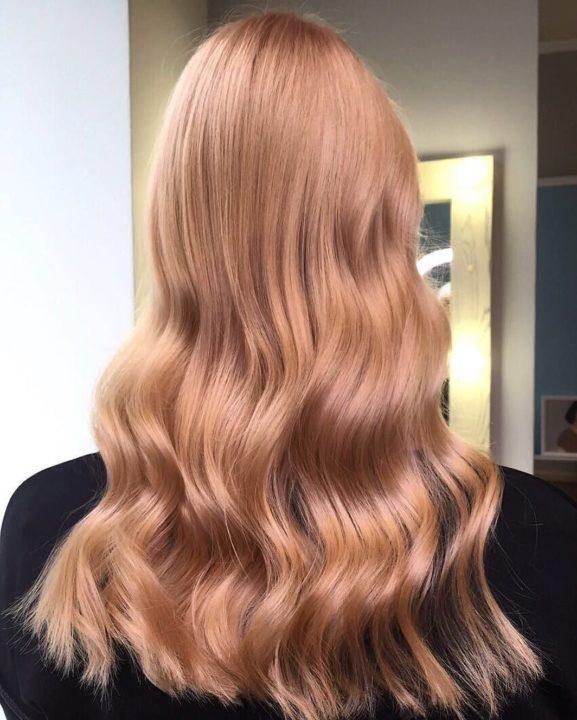

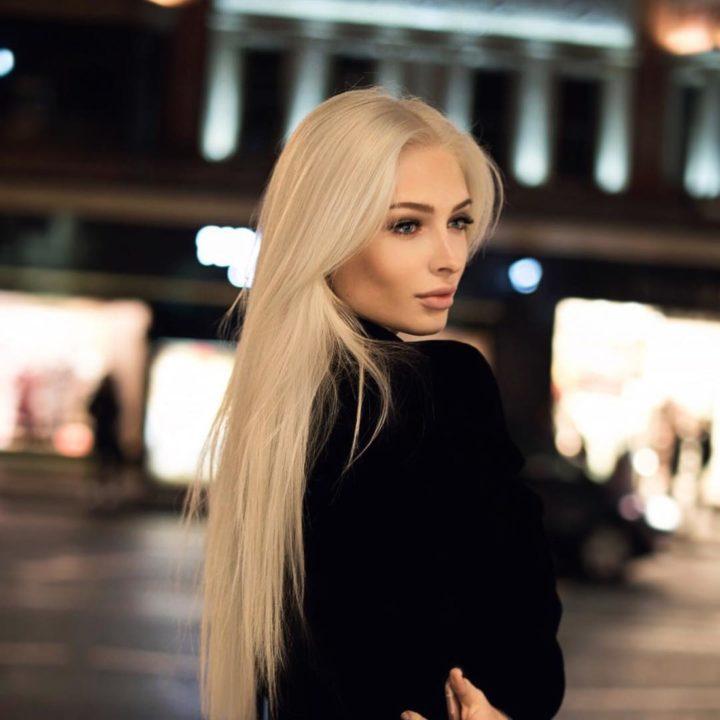
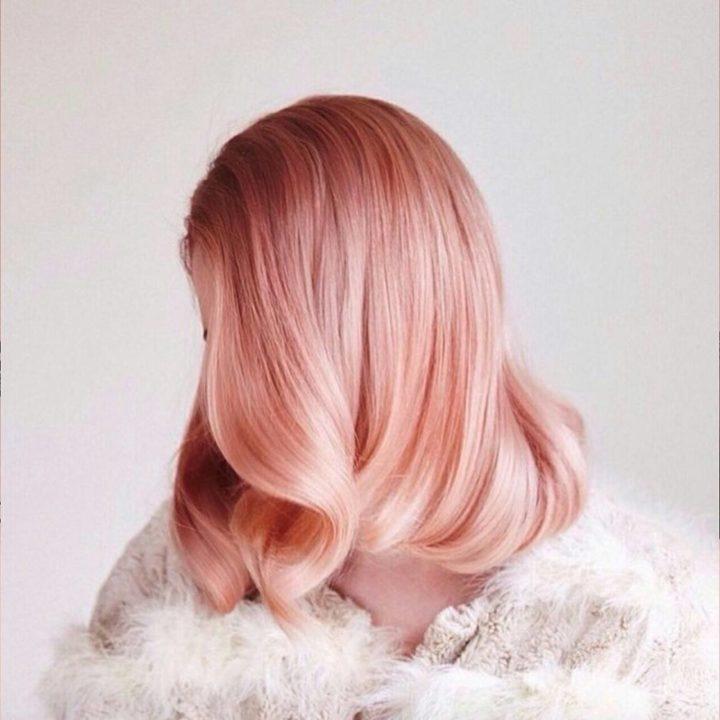

Of the interesting ones, you can pick up strawberry and peach blond. These two colors will look great on hair of any length.
For dark hair
On dark hair, light-colored dye perfectly fits, but not in full dyeing, but with the help of a technique that creates strands that seem to have burned out in the sun. Depending on the technique: shatush, balayazh or highlighting, foil is used here, which allows you to locally affect the strand, brightening it. Most often, such techniques do not paint over the hair roots at all, which allows the procedure to be carried out no more often than once every three months.
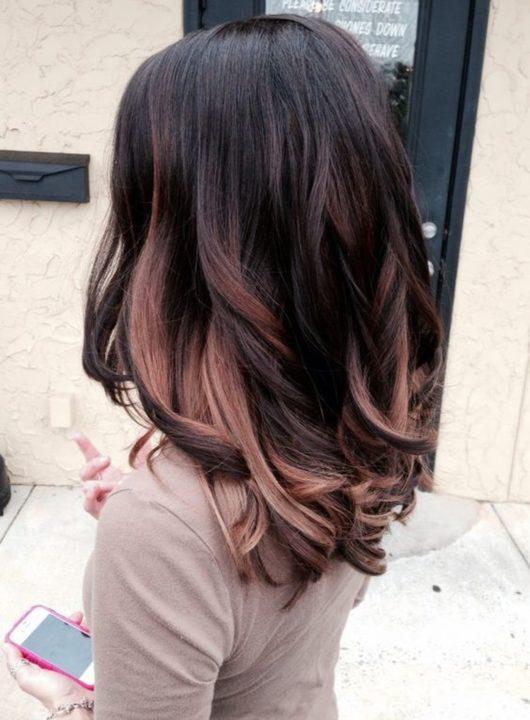
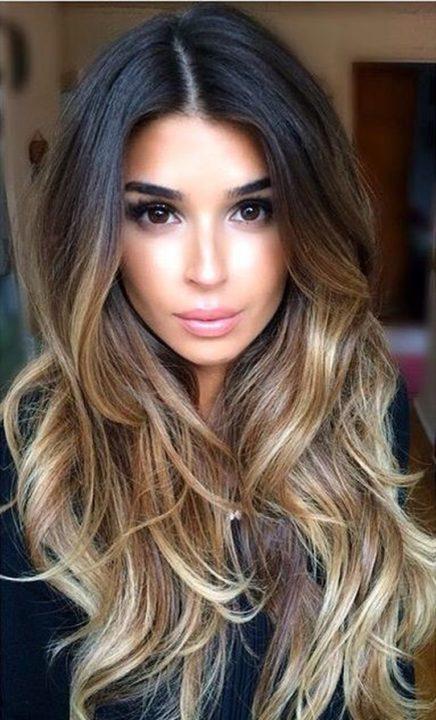
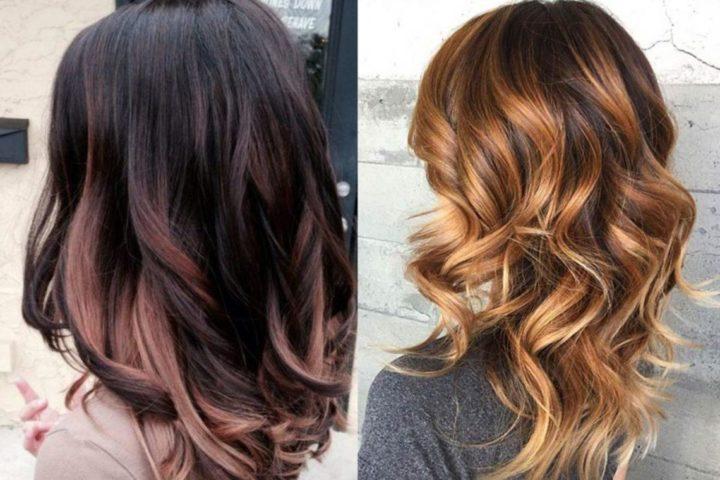
For light brown hair
Brown hair is often naturally faded, like a mouse. This color is quite common and many girls would like to completely repaint or update it. Masters advise to resort to the second option, since you can keep the natural color, but significantly change the image.
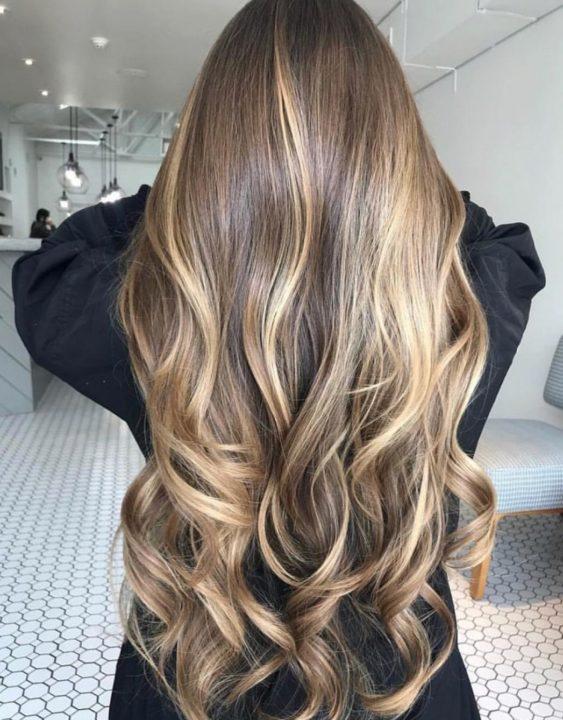

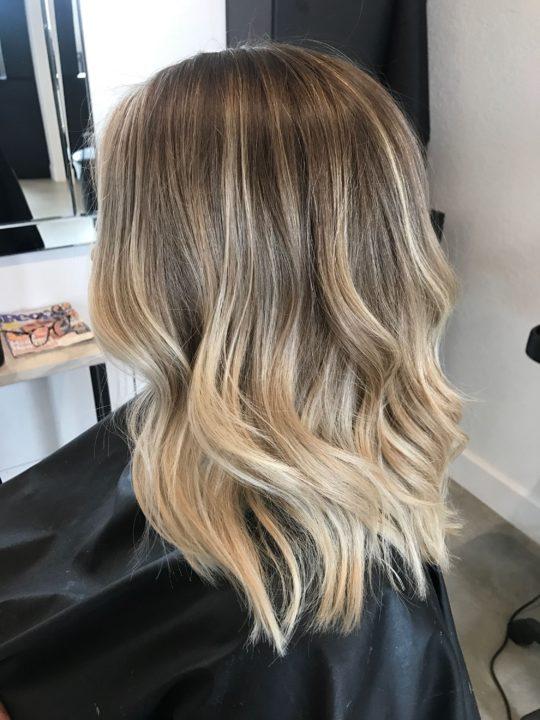
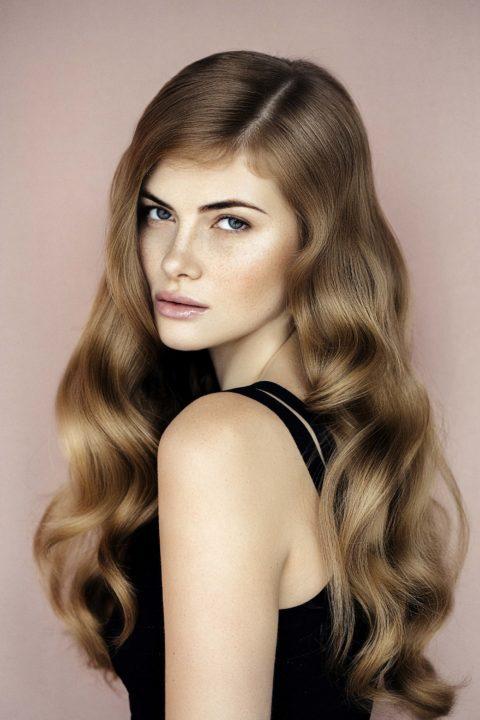
Here, coloring and highlighting are actual coloring. Highlighting will give naturalness, selectively lighten strands, and coloring, in turn, can dilute the light brown color with pink, red, purple, blue, green and others.
Staining with:
With dark roots
Blond with dark roots is widespread among this option. The blond himself can be absolutely anything. The process is achieved by staining the roots with dark paint: chocolate, dark chocolate, for especially courageous ladies - black and others. The rest of the hair mass (with a smooth transition) is painted in light or white. The more the colors differ from each other, the stronger the contrast is.
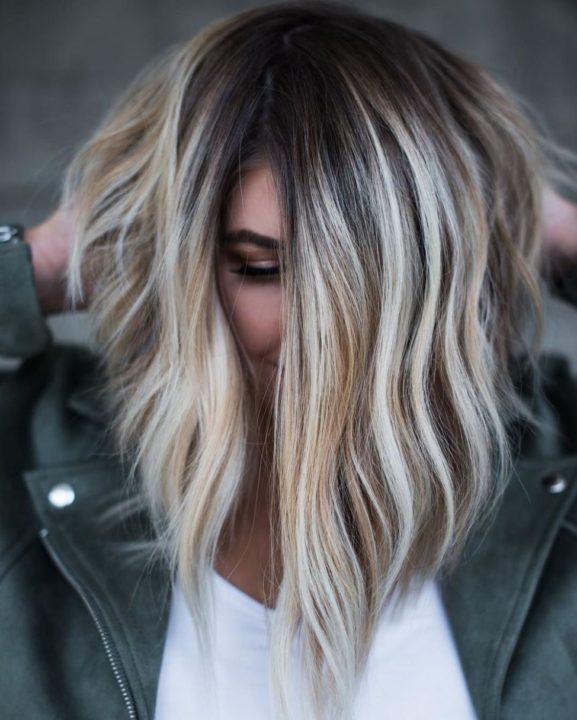
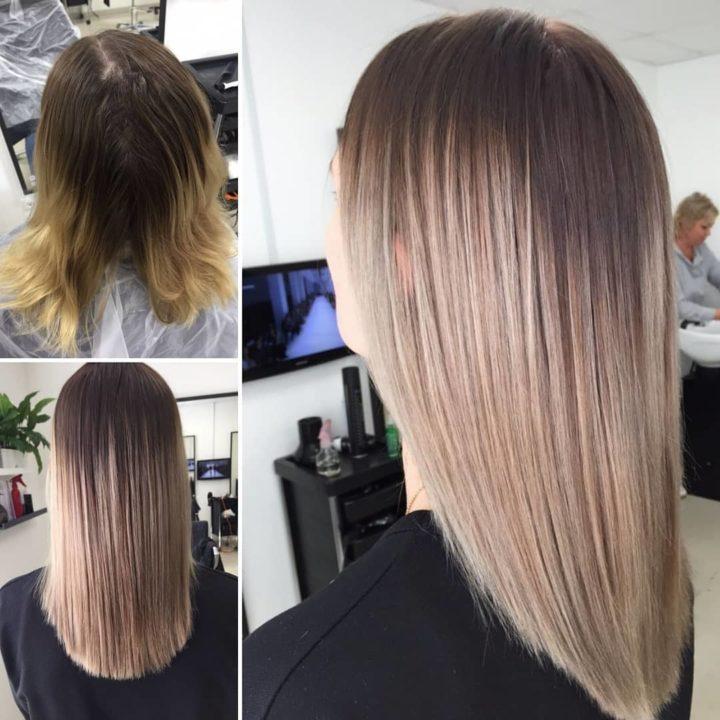

The roots themselves can have a natural dark color, then they are not affected during dyeing, but only the bulk of the hair, where the master retreats about 15 cm from the roots.
With the transition
With the transition of color to color, the ombre technique often appears. It allows you to create two colors on one sheet of hair, but with a beautiful transition into each other. The colors seem to flow into one another, which does not create a clear edge, but allows you to blur it. This amazing technique can work with any paint color: white and black, black and white, red and white, black and pink, blue and green and others.
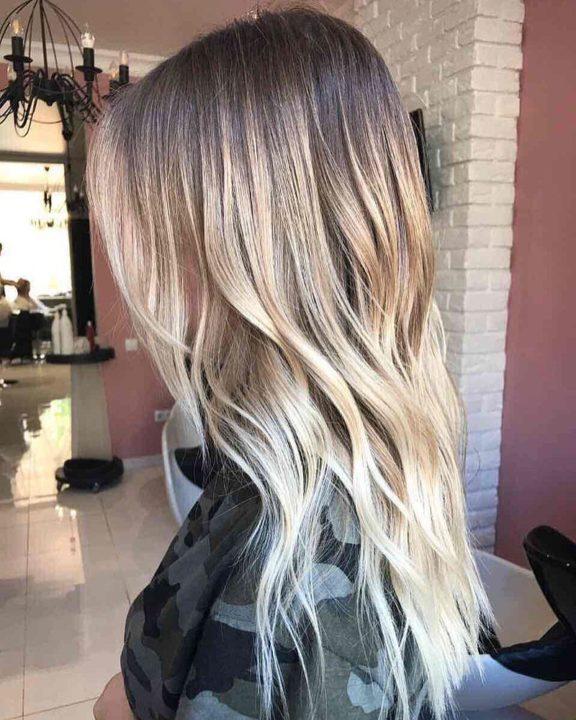
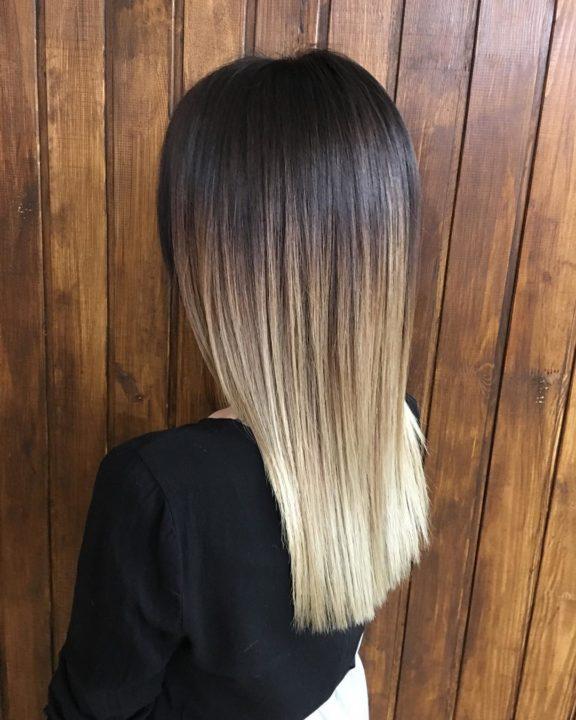
A subspecies of ombre, sombre is distinguished by a smoother dyeing technique and is best suited for thin and sparse hair. Here everything is done with an airy method from which it is possible to more naturally create a color transition. In any of the types, staining looks great and will require a second procedure in 3-4 months.
Stretched
Stretching colors can be of two types: solid and smooth. Monochromatic is reminiscent of classic dyeing, where the dye is applied to the top of the hair, and then stretched across the entire canvas, creating a stylish color.
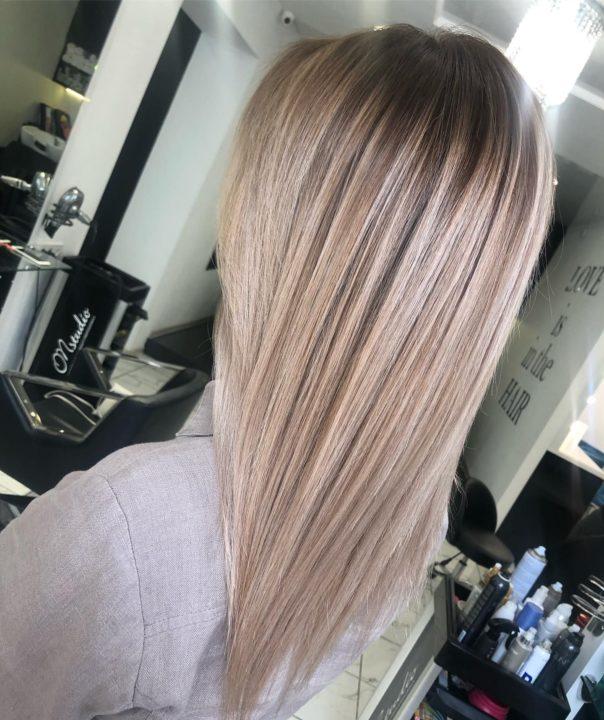
The second option involves the use of two colors, in particular, it is a dark and a light color. Dark is applied to the top of the hair, gradually stretching it along the hairline, and just below the place where the dark paint was applied, light is applied and stretched in the same way as the dark one.
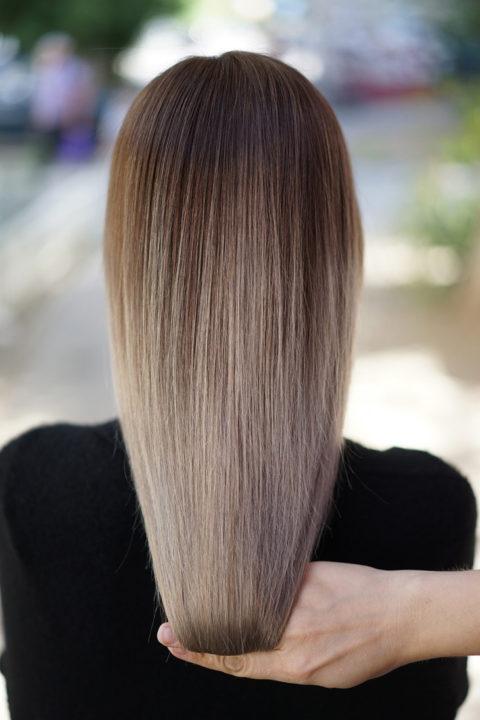
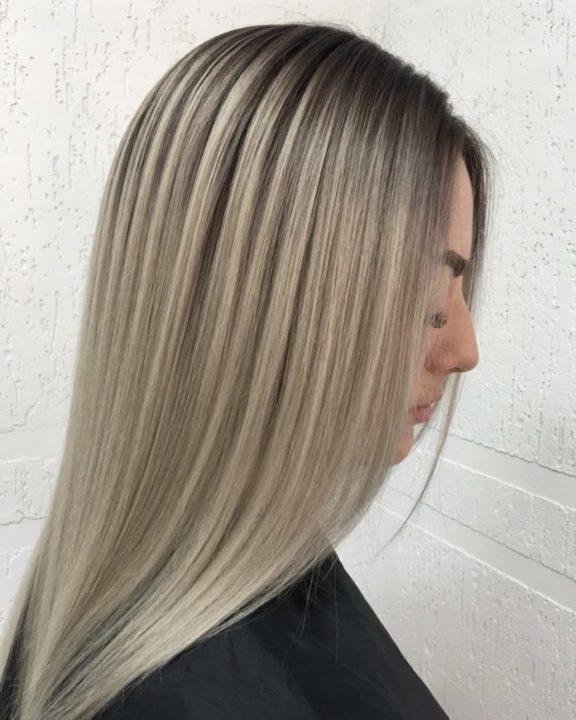
With fleece
If you want to try fleece coloring then go ahead for the airtouch technique. It is gentle on strands, gives an amazing natural result and naturalness, and also helps to visually make hair thicker and more voluminous. It works well for any hair color, including gray.
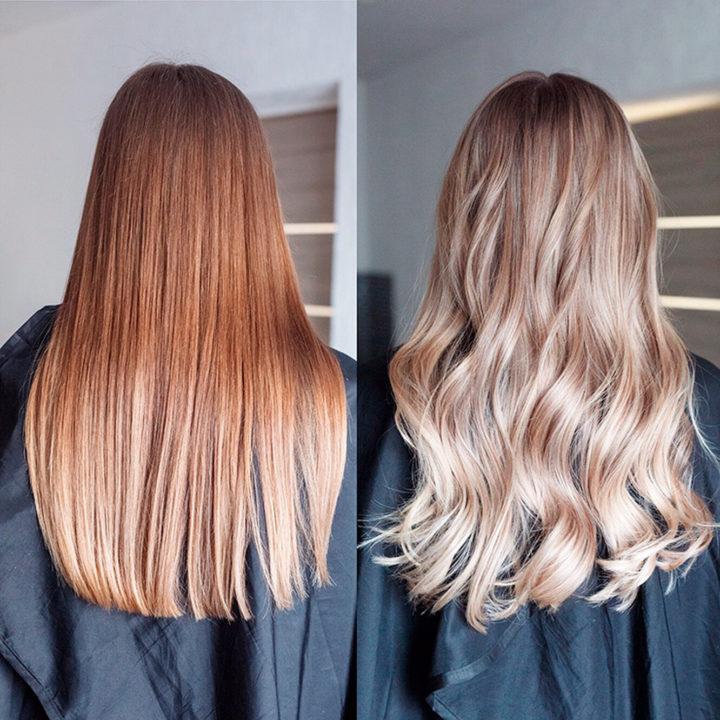


With colored strands
Coloring is an interesting technique that allows you to create many different colored strands of hair. Usually the color is selected based on the natural hair color in order to create a harmonious look. For example, blue, purple, red, pink and green work well with black and dark hair. For light - pink, peach, blue, blue, orange. To red - red, yellow, pink.
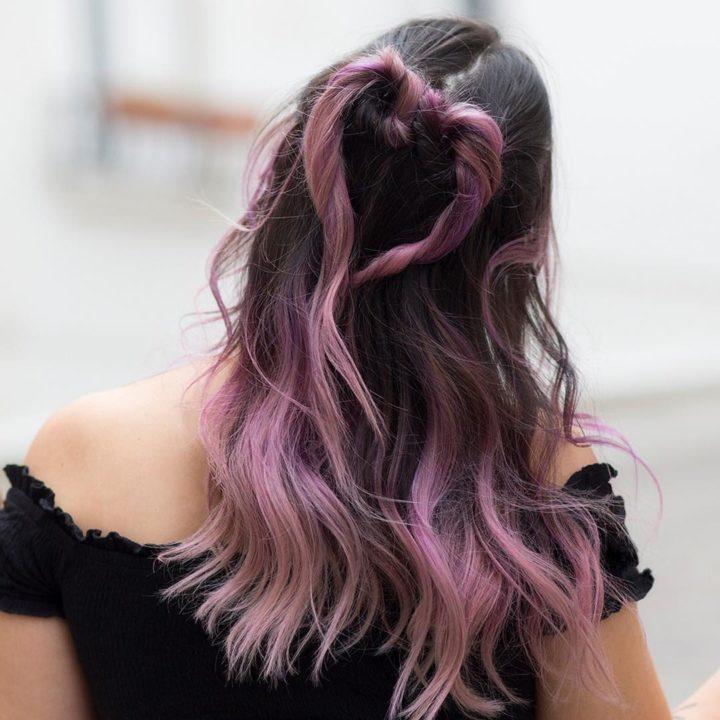
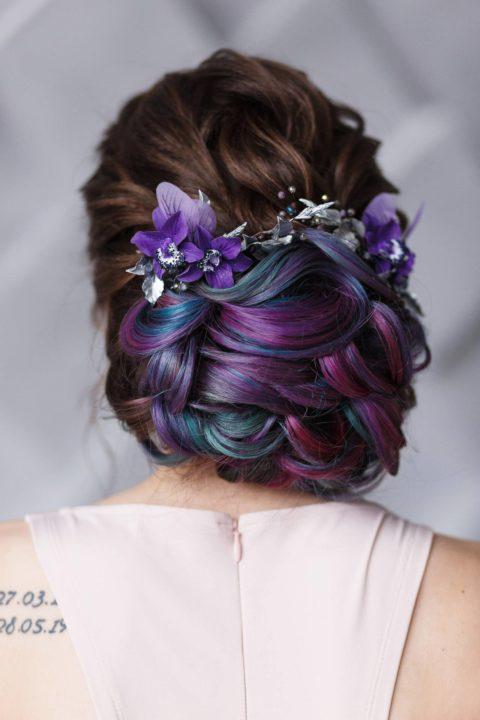
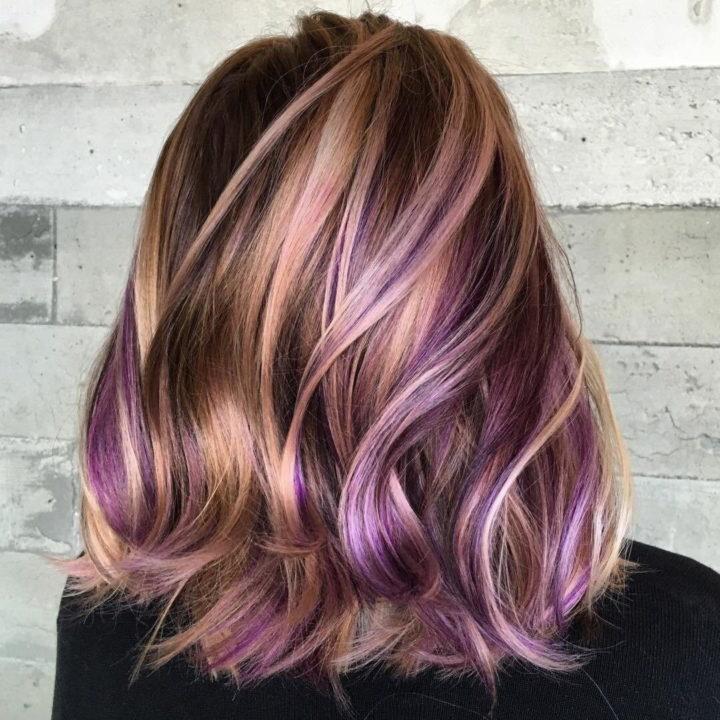
Coloring is allowed to create from 3 to 15 different colors on one hair, so if you want creativity, you can choose multi-colored coloring.
With red strands
One of the most popular colors that looks great with dark hair. It allows you to reveal an image in a new way, create a different impression or completely change it. After all, red strands add depth, courage and complete independence.
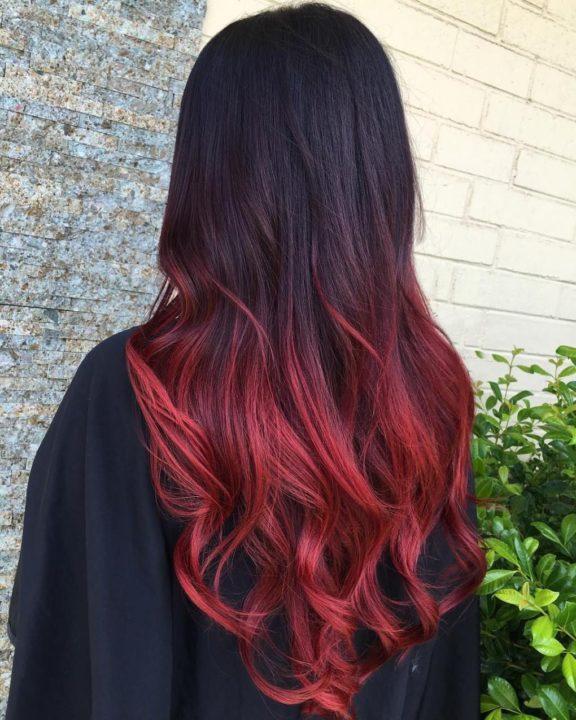
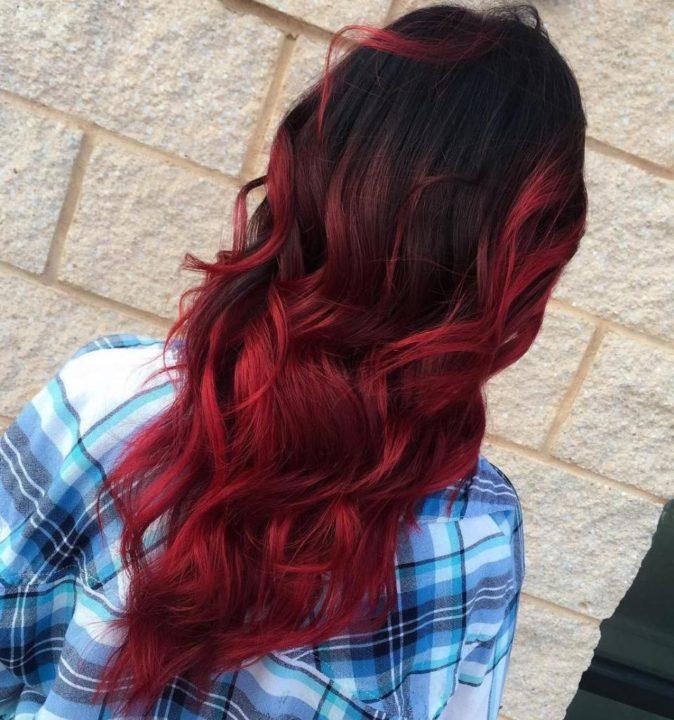
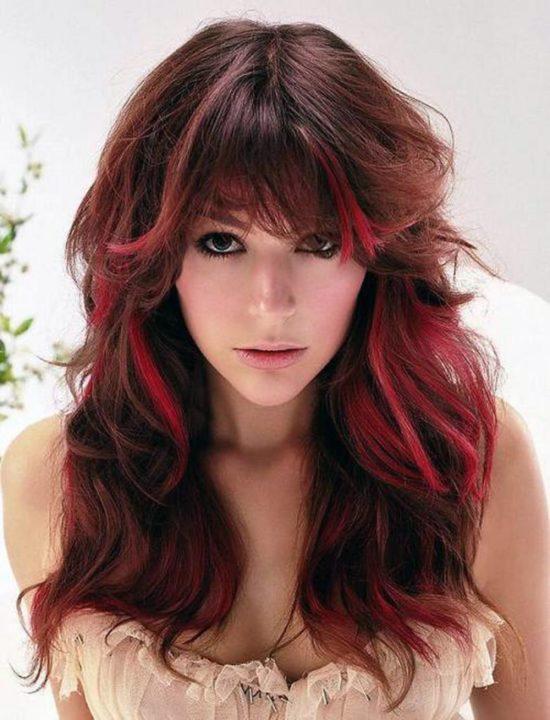
Red strands will look great on any hair length: short, medium or long. It does not matter. The intensity of the color itself is important here. It can be made softer or brighter. Everything will depend on your desire.
With a bang
In some types of staining, when it comes to techniques, the bangs may not be affected. This adds a peculiar twist to the whole look, which is pretty good. But if a monochromatic dyeing is performed, then it is mandatory to dye the bangs here.
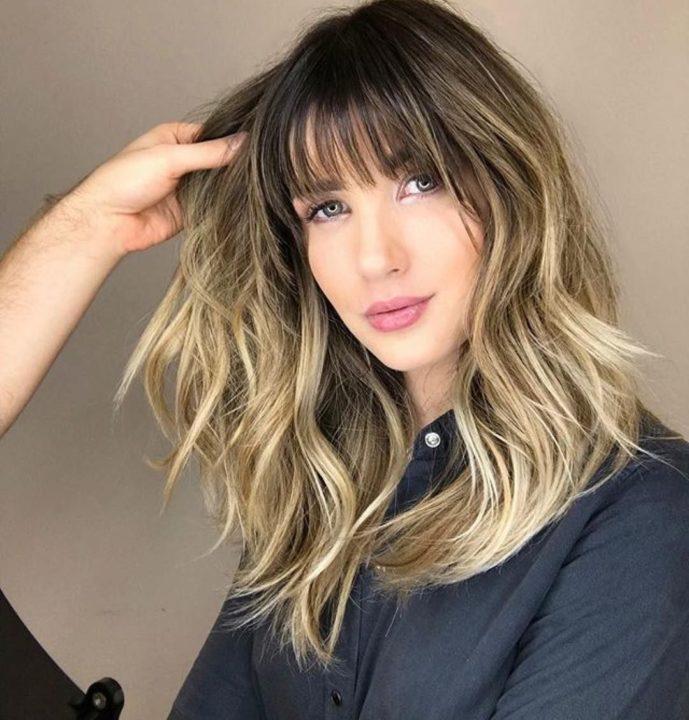
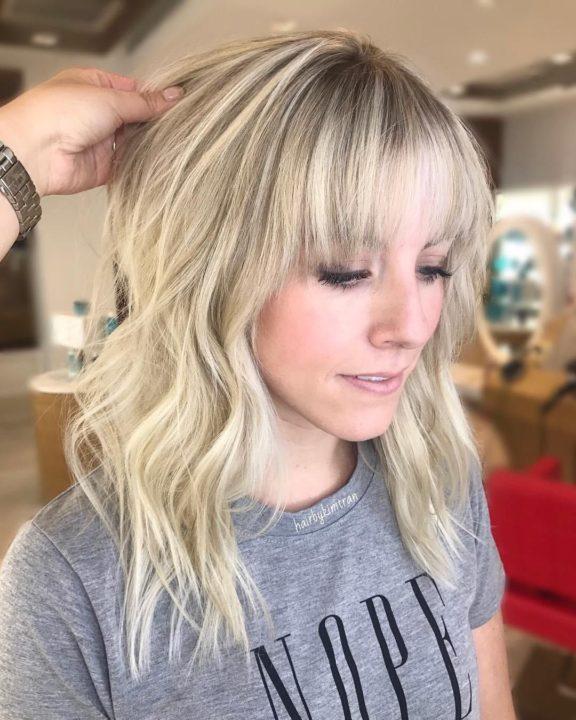
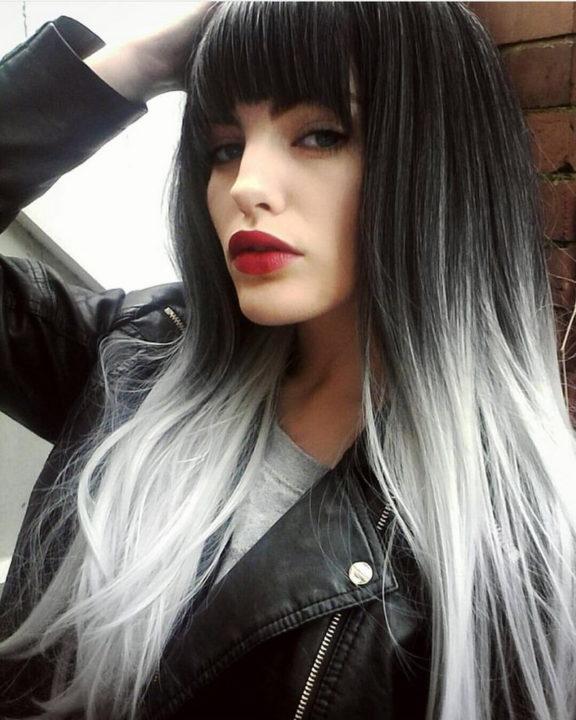
The following techniques also involve touching the bangs: balayazh, ombre, highlighting, shatush and airtach. The technique fits perfectly on the bangs, allowing you to achieve a harmonious color with the rest of the hair mass, where there will be no obvious differences between colors.
Coloring pintura
This coloring belongs entirely to curly and frizzy hair only. When choosing a color, the master starts from the color of the hair itself, their structure and condition. He manually dyes selective curls and curly strands, which ultimately makes them stand out significantly afterwards. This is a rather complex, but incredibly beautiful technique that helps girls with this type of hair to find a new look without drastic changes.

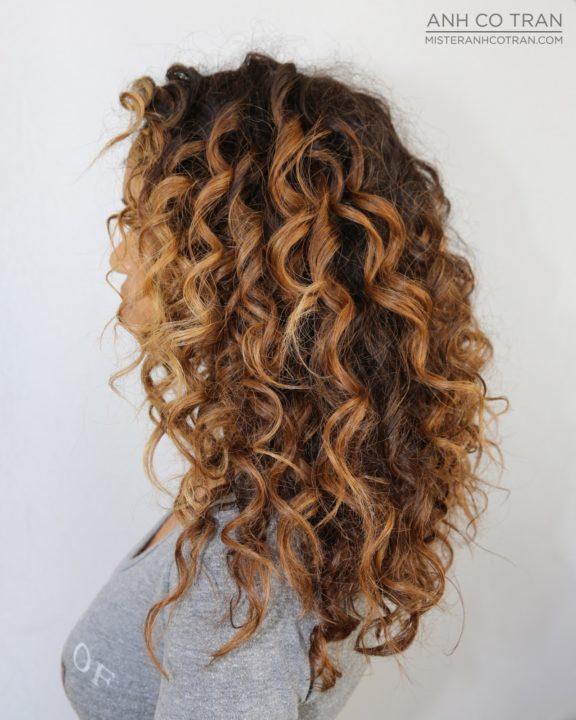
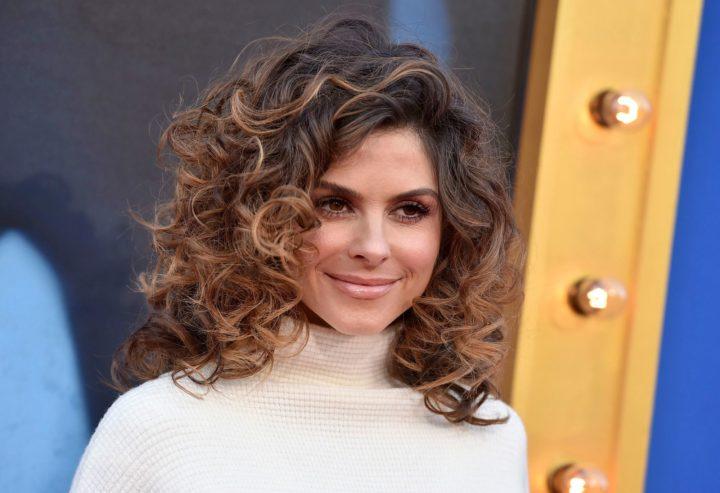
Coloring with a special blond
Special Blond is a special blend for lightening hair that is considered super lightening. She can lighten hair 5 tones at a time, which is not available with other dyes. Moreover, the specialblond will not require the use of a clarifying powder. It must be mixed with an oxidizing agent of 9 or 12%, and kept on the hair for 50 minutes. It should be understood that this paint contains a large amount of ammonia, so it can burn the scalp.
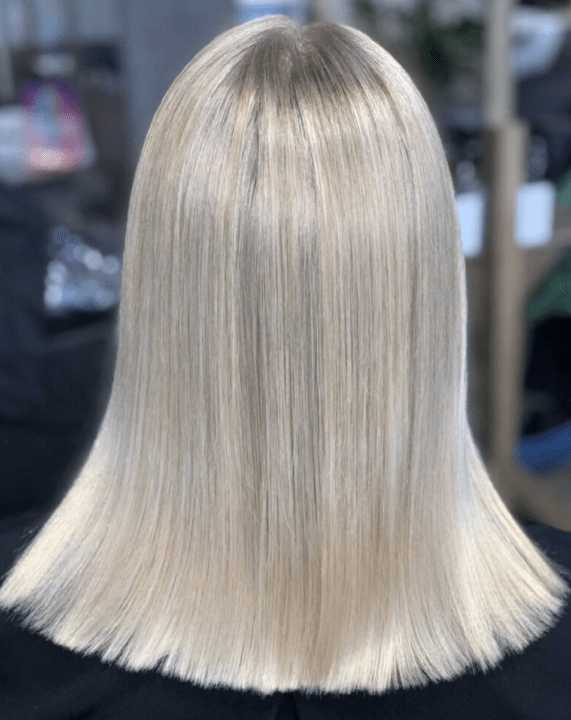
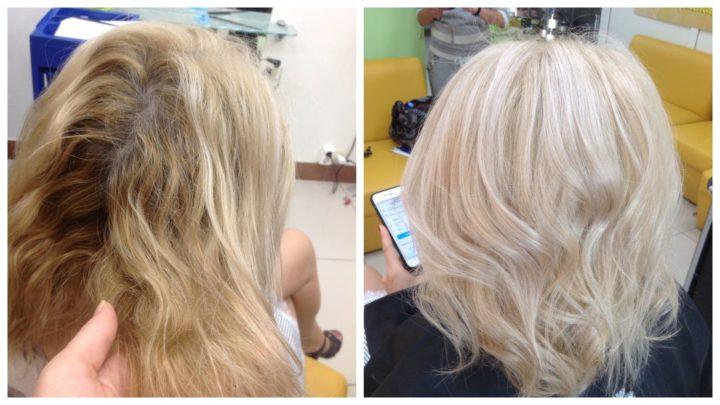

You cannot wash off the dye earlier, otherwise it is easy to get yellow hair color. Therefore, some experts advise keeping it up to 1 hour.
This series of dyes can only work with natural hair color.
Stripping staining
STRIPING is an author's technique for dyeing hair. It implies a special version of color stretching, where the process takes place without combing hair, using a hair dryer. The procedure takes from 2.5 to 3 hours, everything will depend on the thickness and length of the hair. Not only does the technique allow you to stretch much faster from the rest, but also to put thick hair in order.

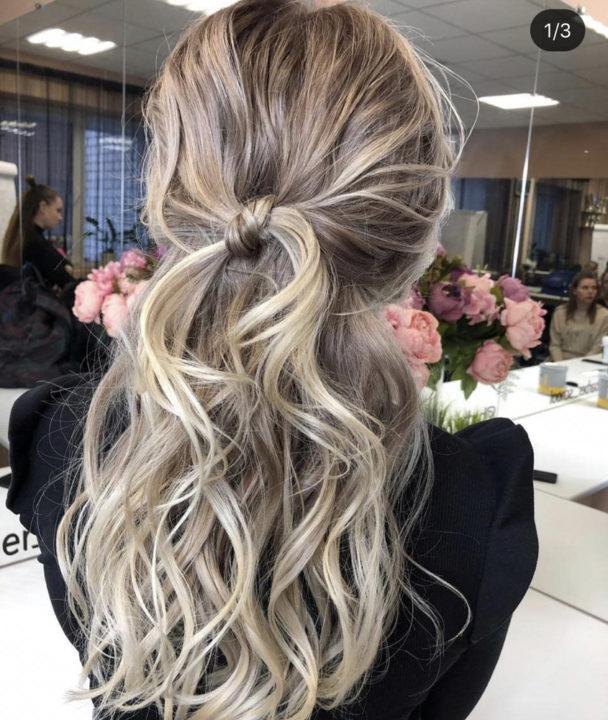
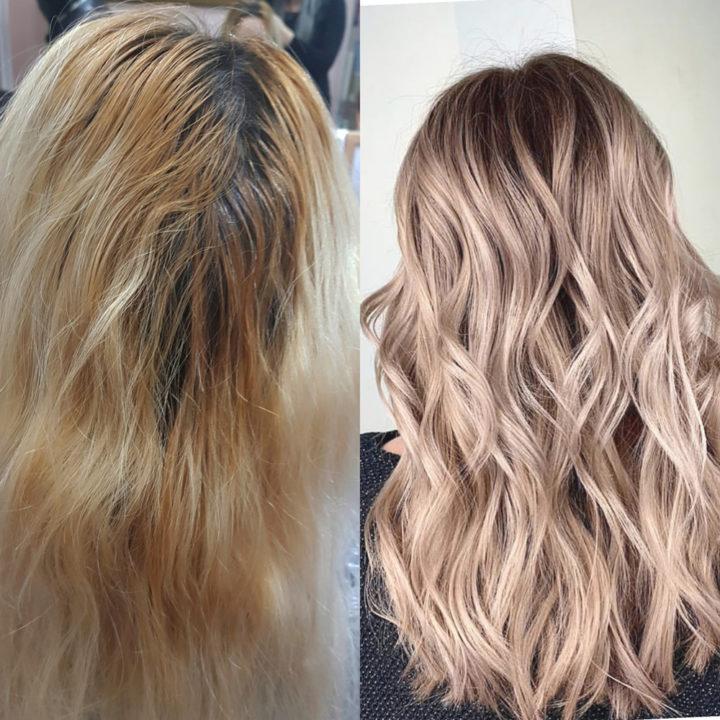
Line-by-line staining
Colored dyeing takes a long time, but the result is long-lasting and beautiful. Here, the master manually dyes selected strands in the desired color and can use foil, or do without it. Any colors can be used, including mixed ones.
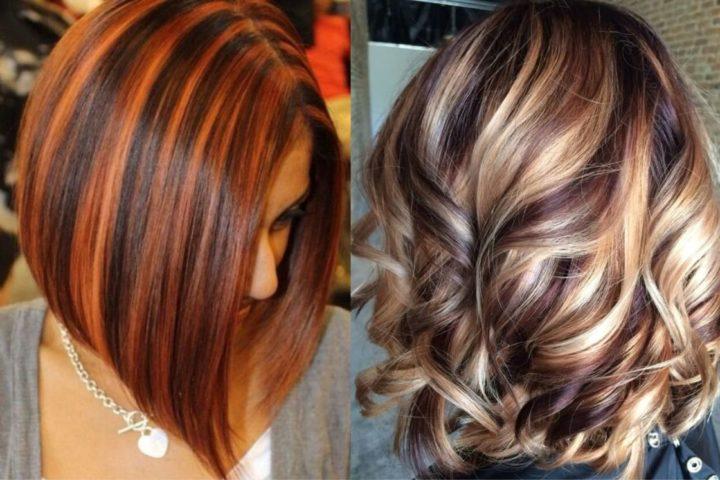
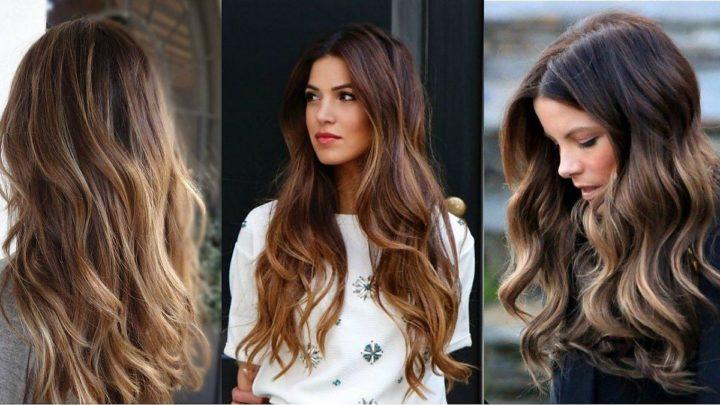
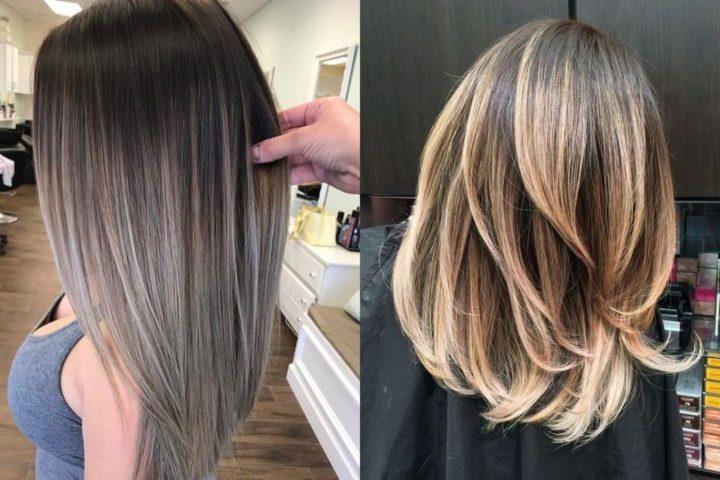
Coloring or toning
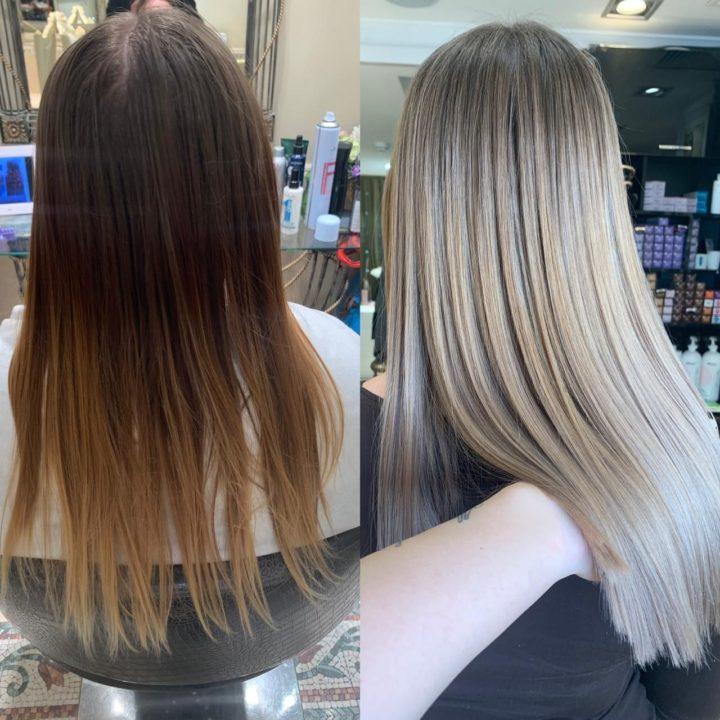
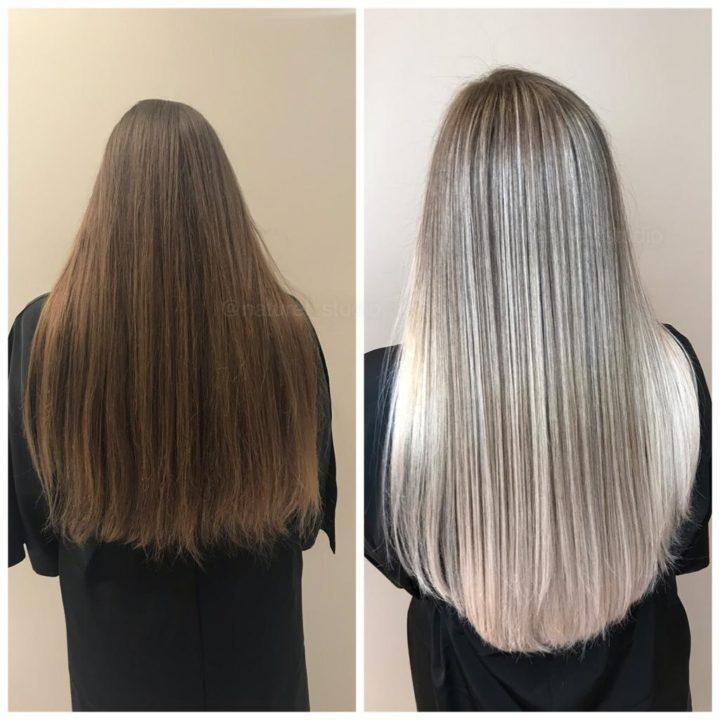
Many people often wonder what is better to choose: coloring or highlighting. The point is that both have their pros and cons.
The advantages of staining:
- Brighter and more saturated tone;
- Covers gray hair;
- Lasts for a month or more;
- Can dye thick hair.
Disadvantages of staining:
- Injures hair;
- May cause allergic reactions;
- Sometimes the color may not lie as you would like;
- Can give red, green and yellow.
Benefits of toning:
- Variety of color base;
- A more gentle dyeing method compared to paint;
- Tinting gives shine to hair;
- May contain vitamins and care components.
Disadvantages of toning:
- Washes out faster in 2-3 times;
- Will not cover gray hair;
- Will not be able to paint over thick hair;
- Will not be able to make dark hair blonde and vice versa.
Coloring or highlighting
The main thing here is to decide what kind of result you want. Highlighting does not give a complete repainting of hair, like dye, but less aggressively affects hair and skin. It helps to renew the natural hair color, make it stylish, fashionable and interesting. Highlighting is divided into different techniques, among which there are options with and without foil.

Moreover, highlighting breaks ahead of staining so that it does not require frequent repetition. The next procedure will be needed no earlier than 3-4 months later.



